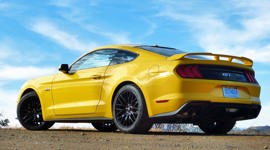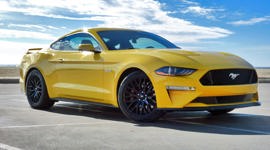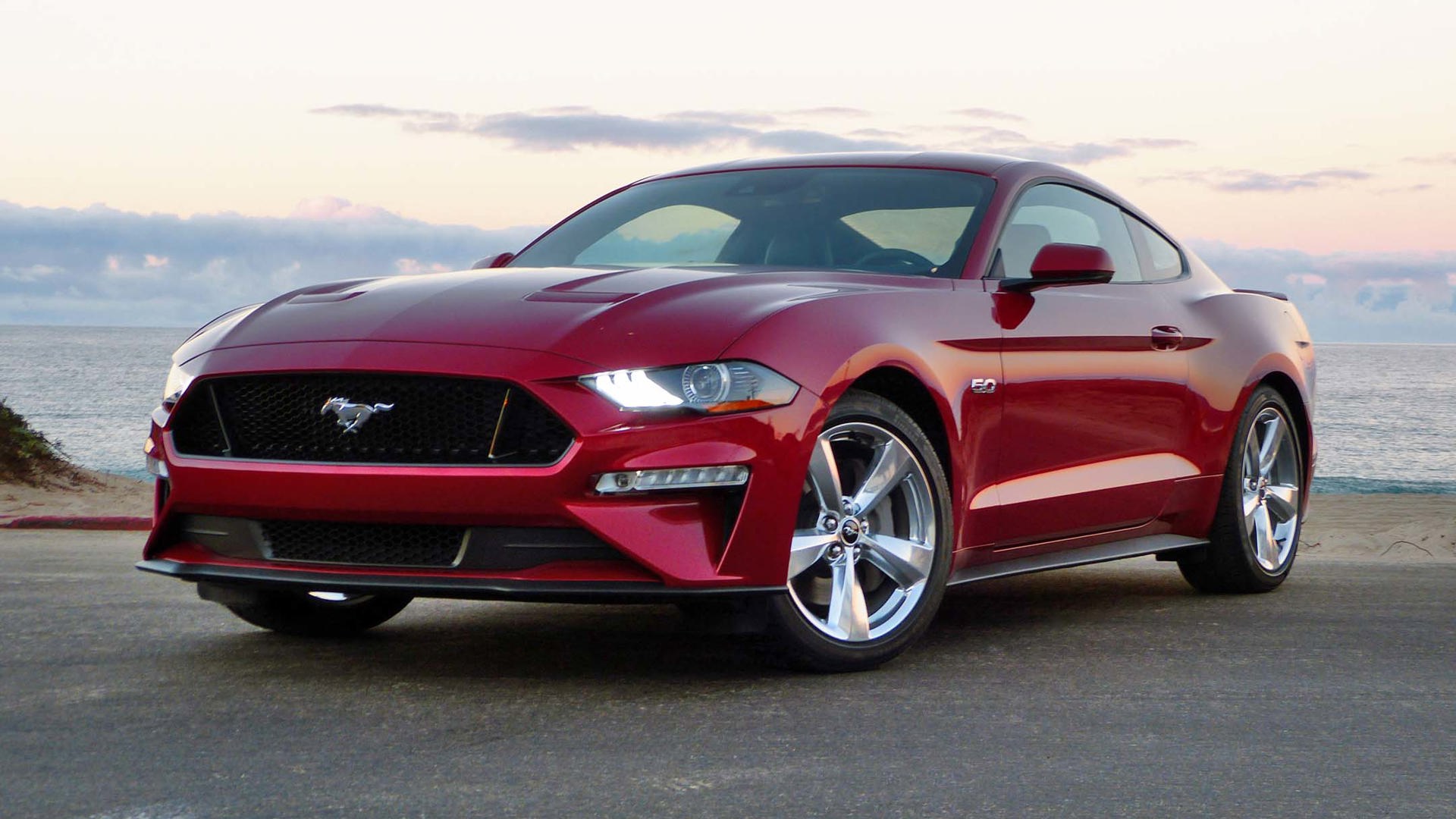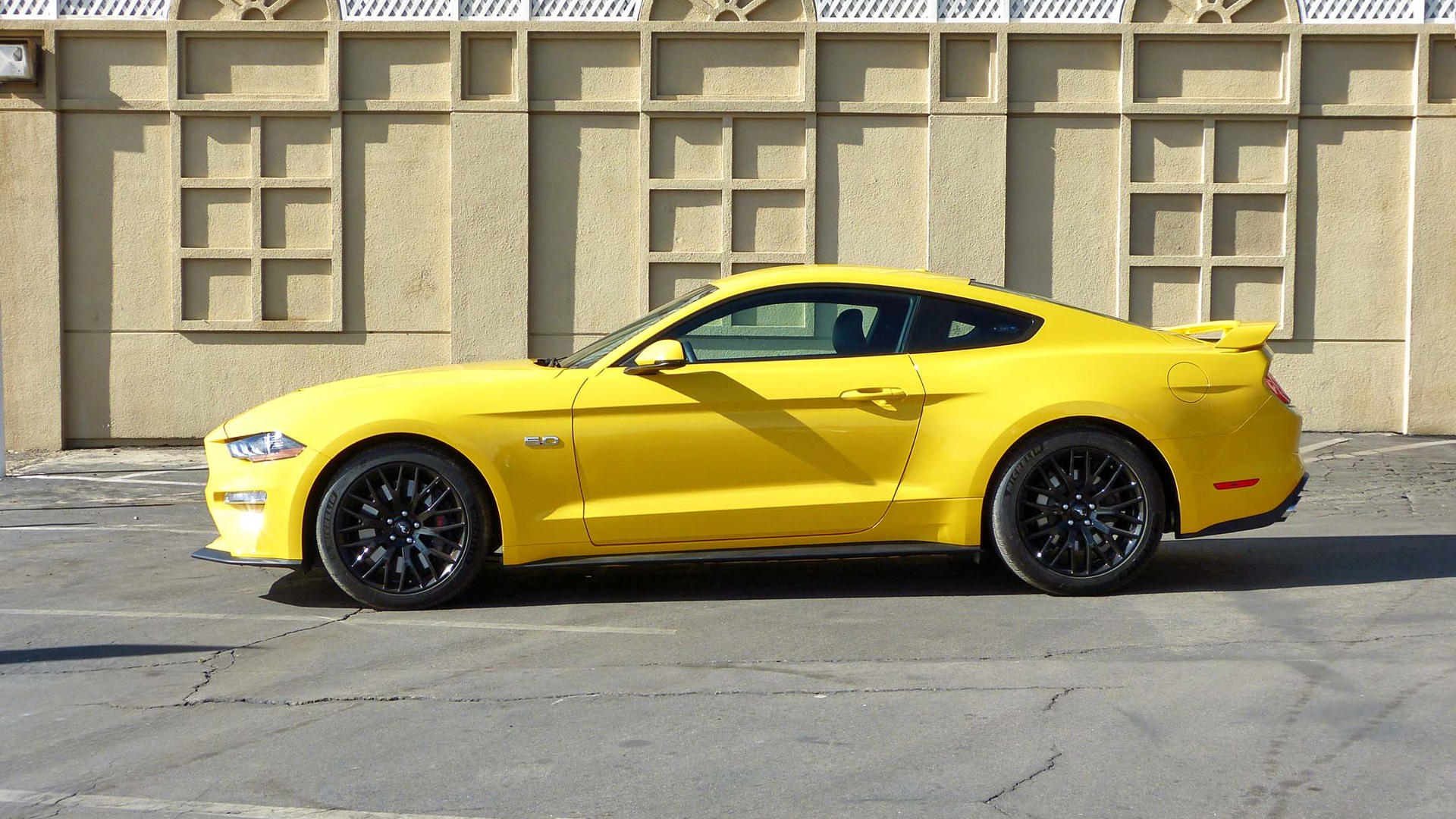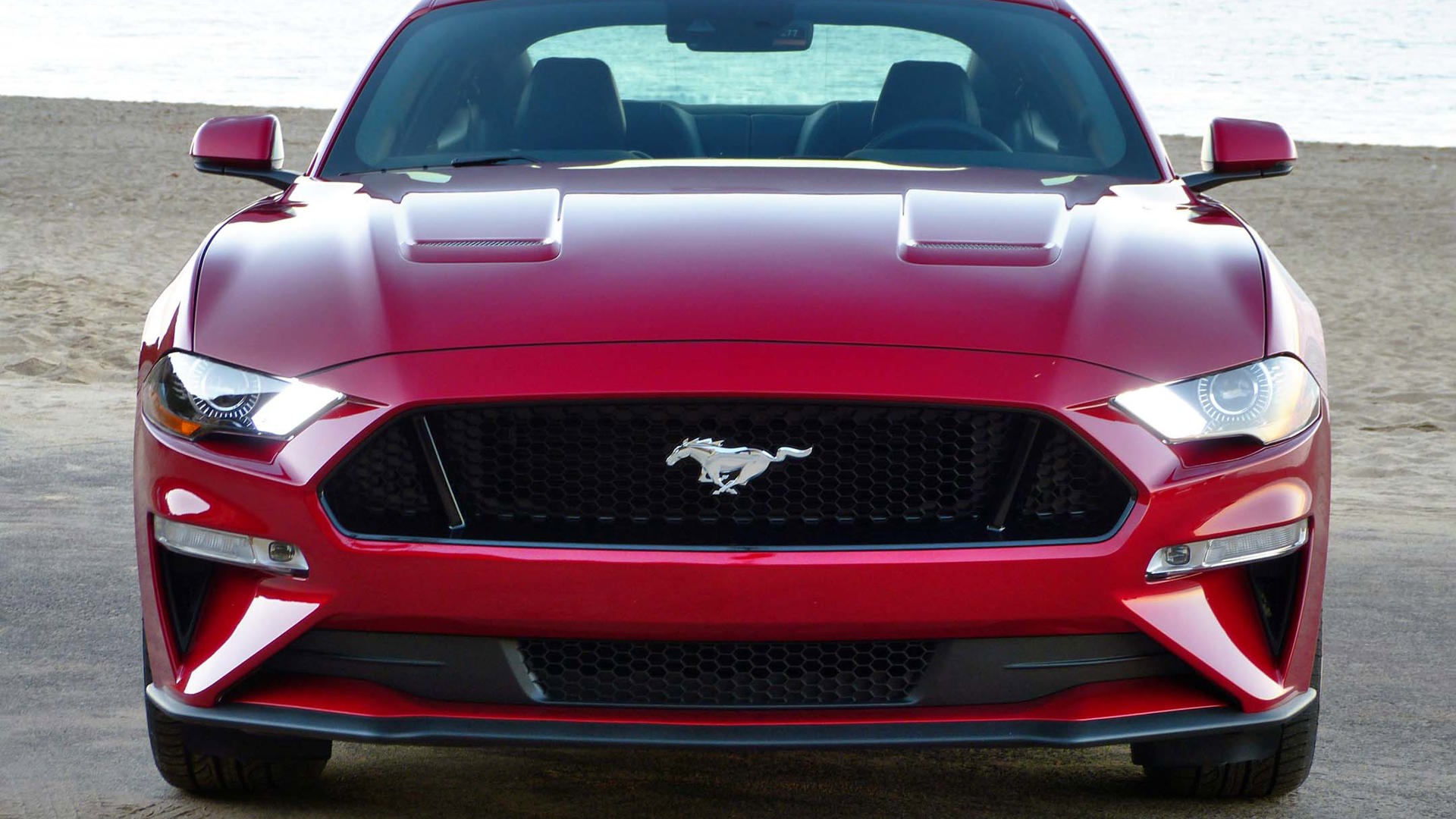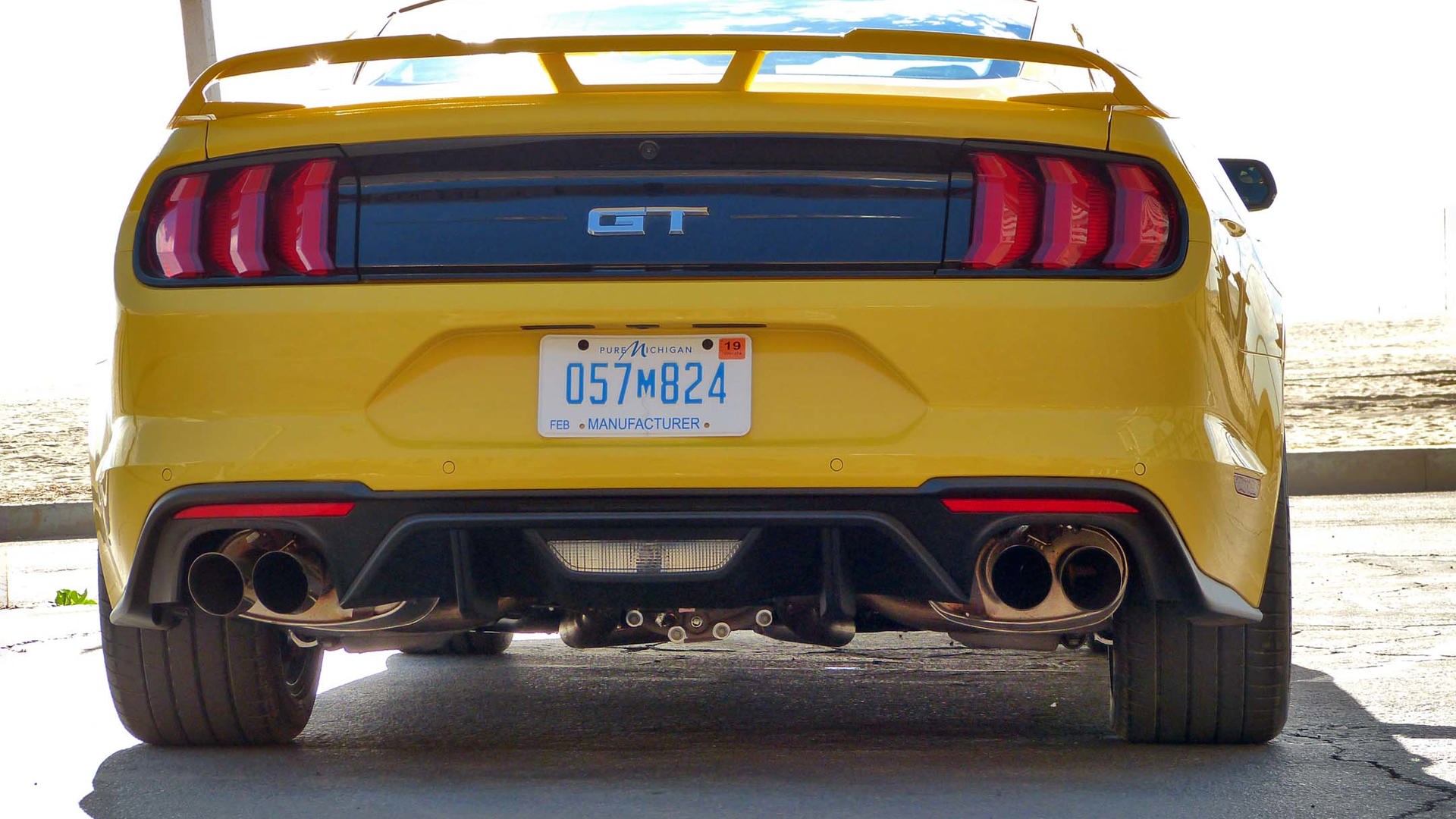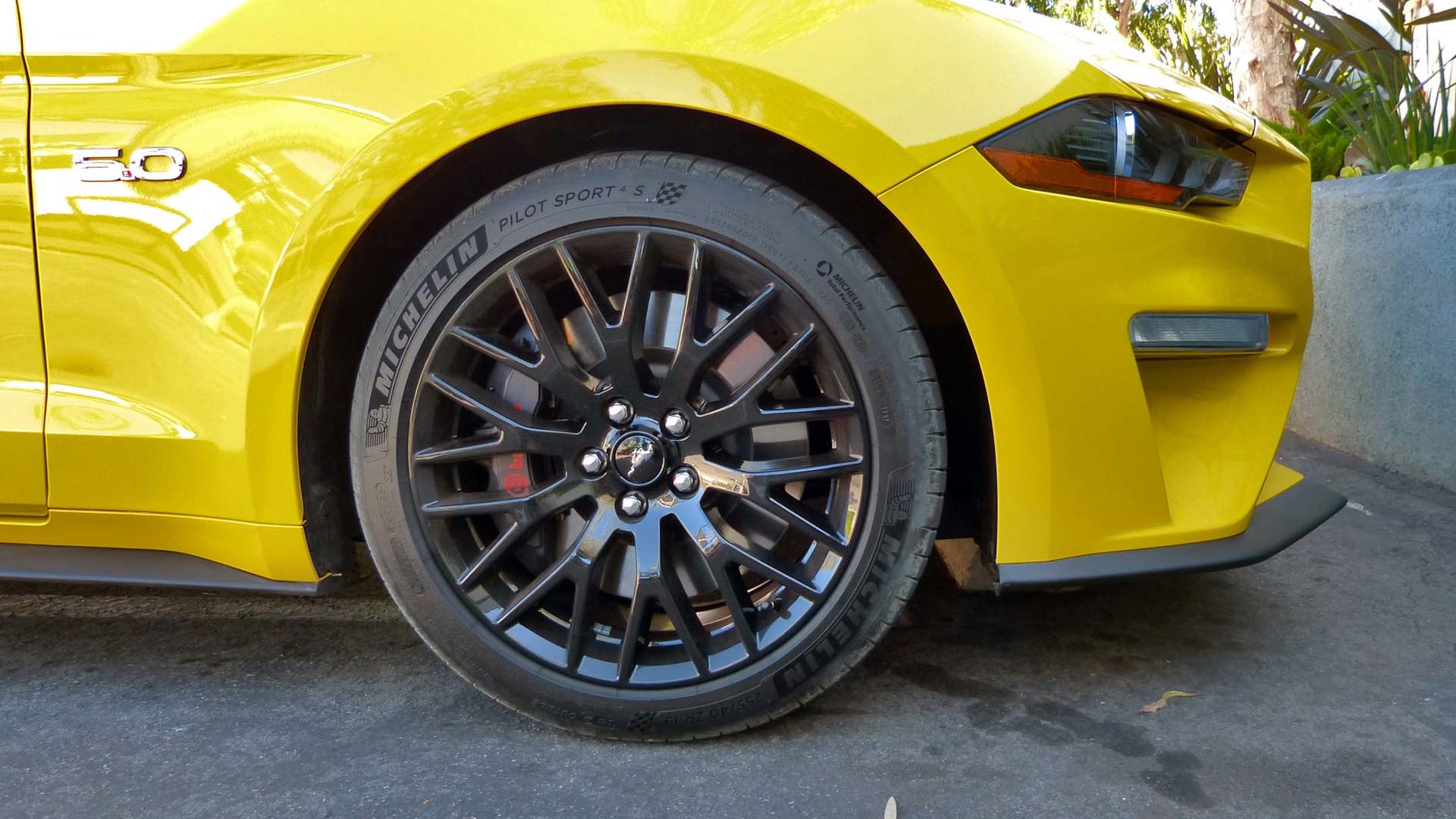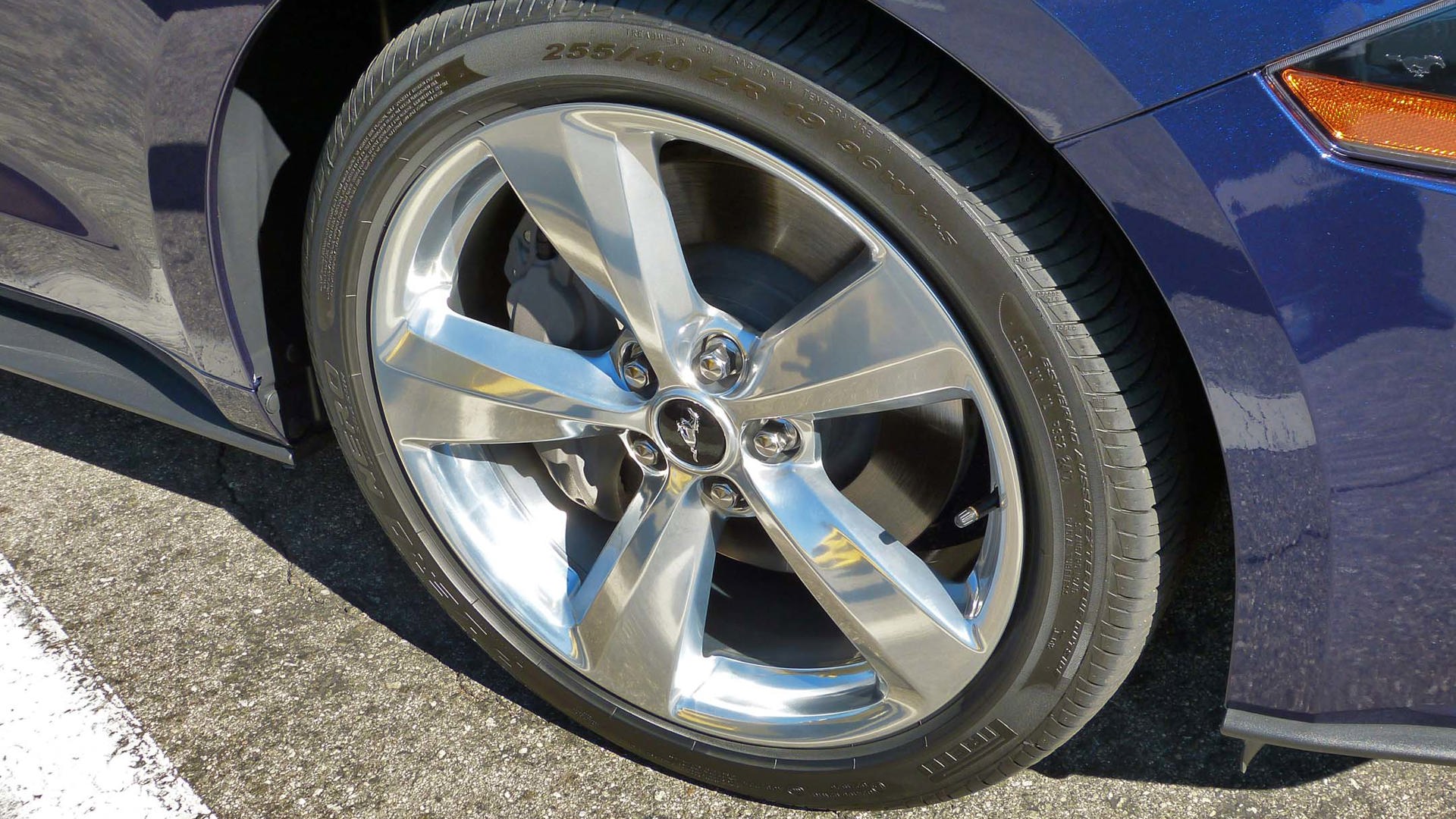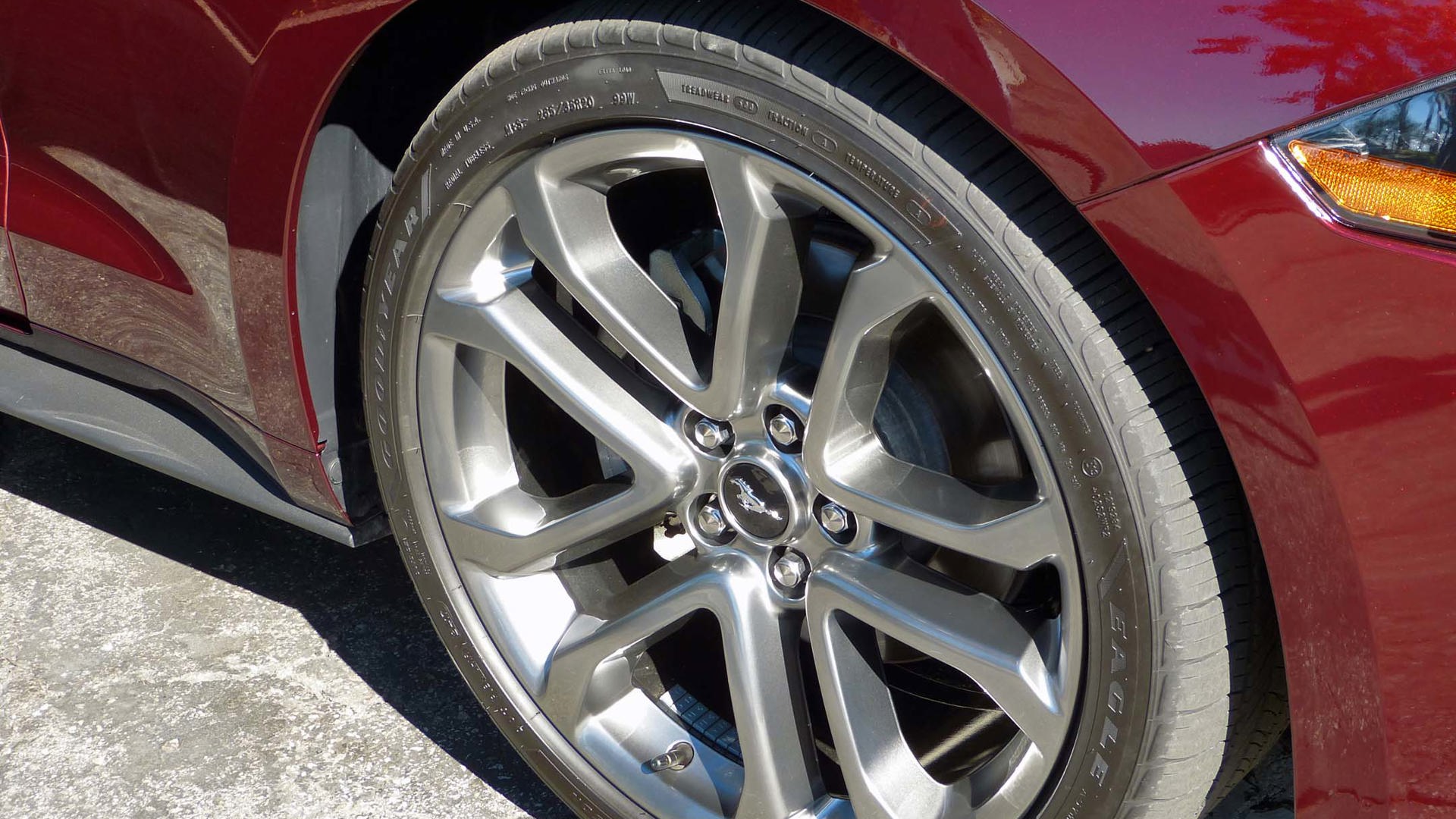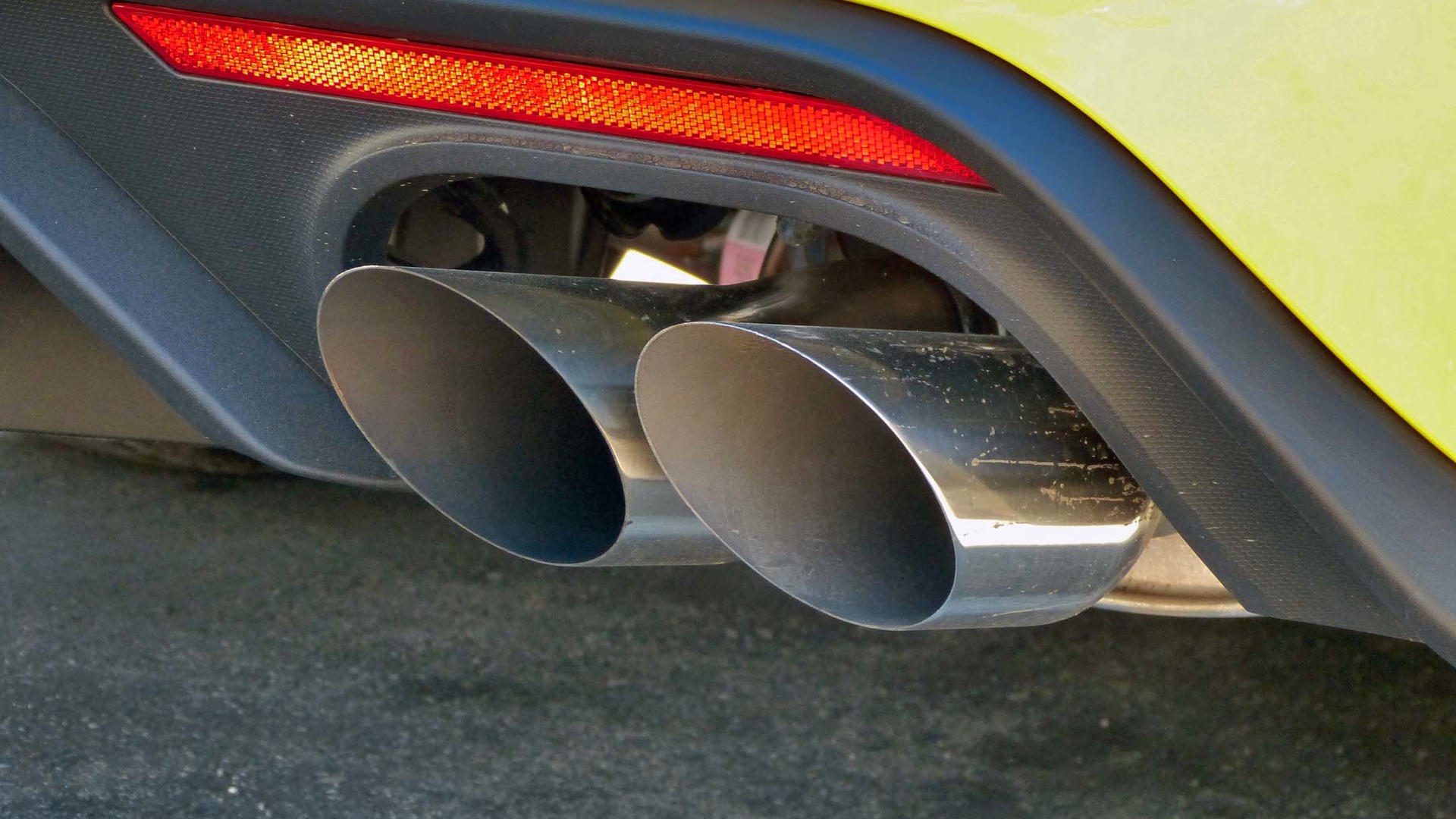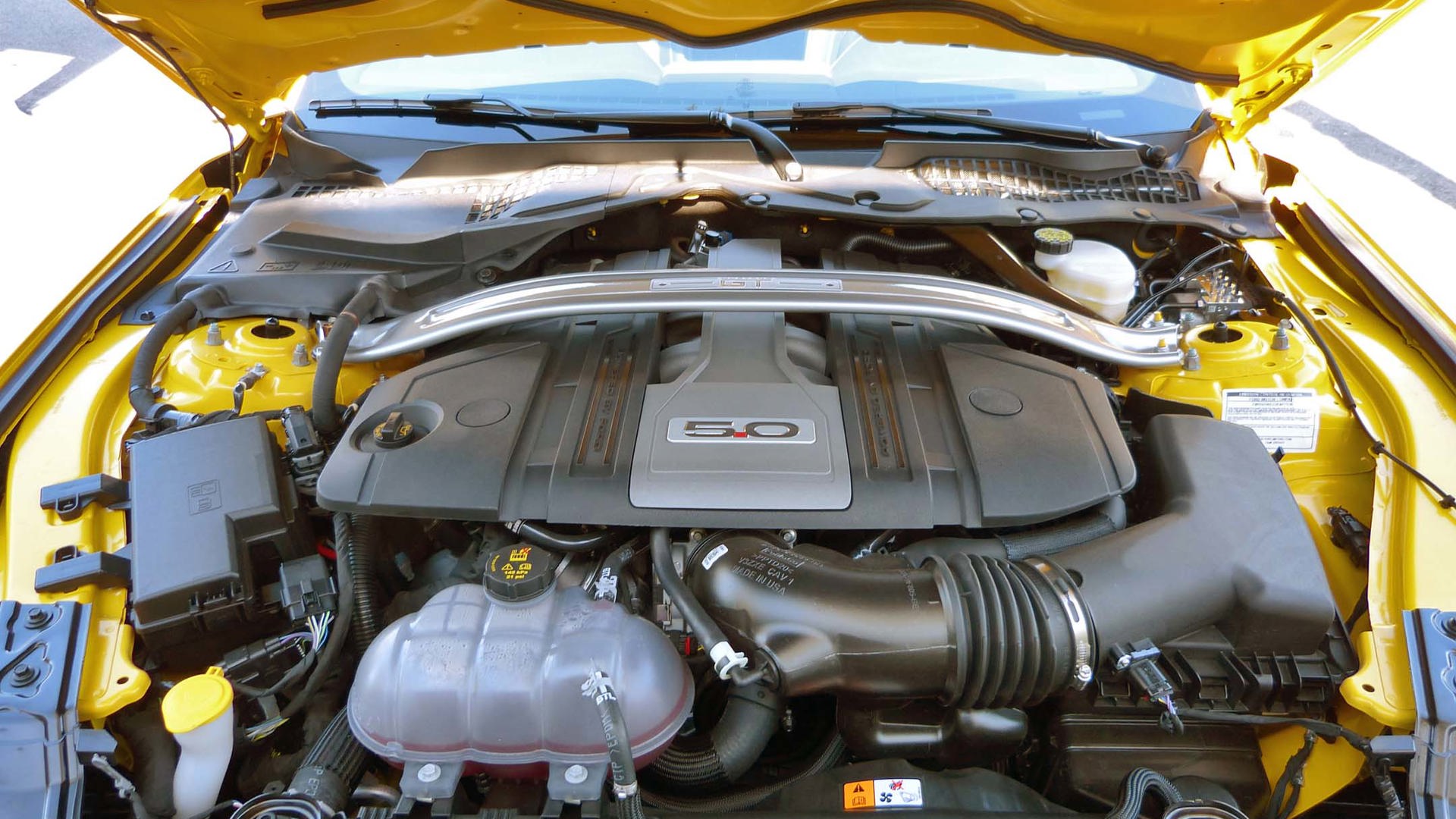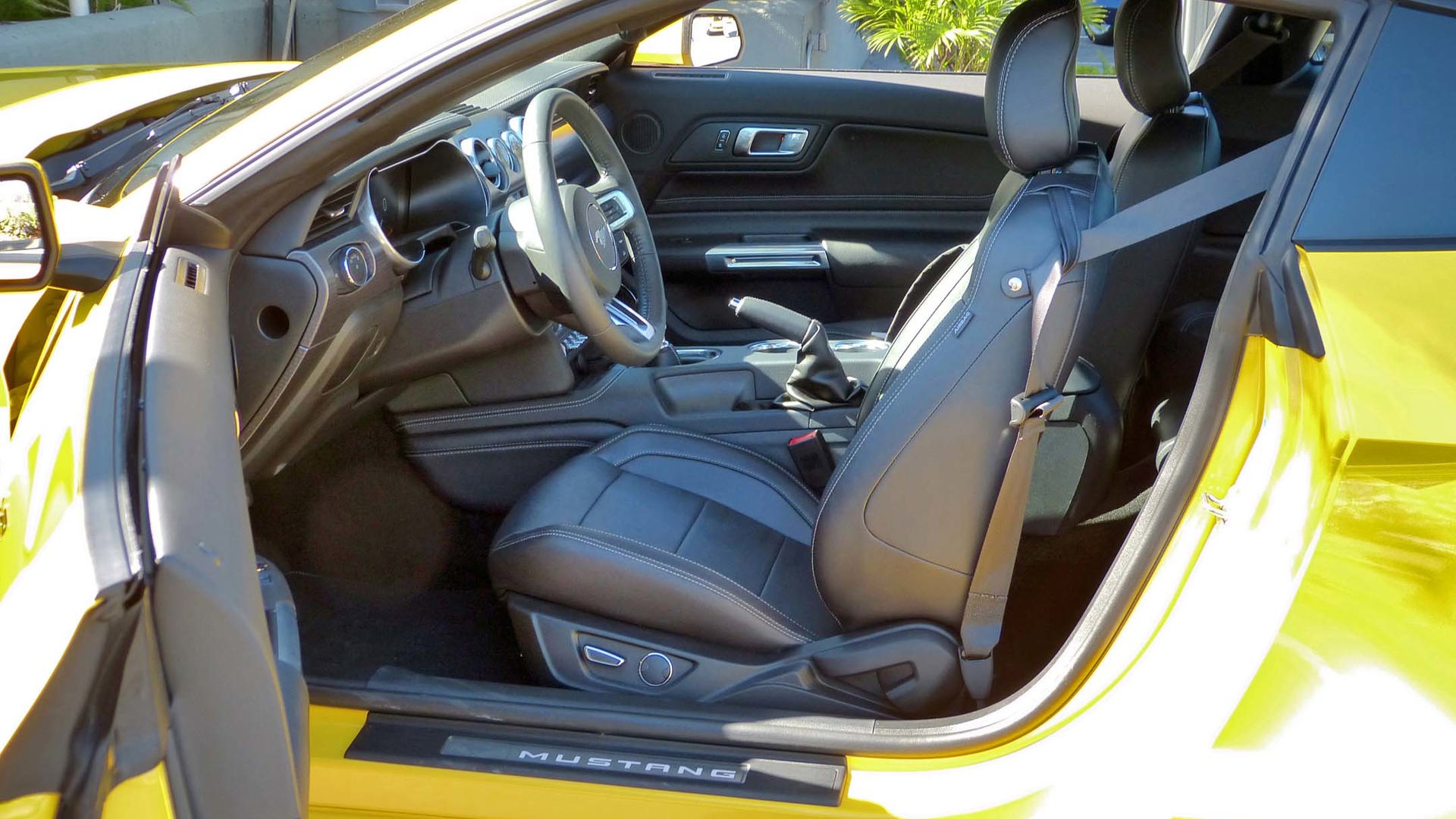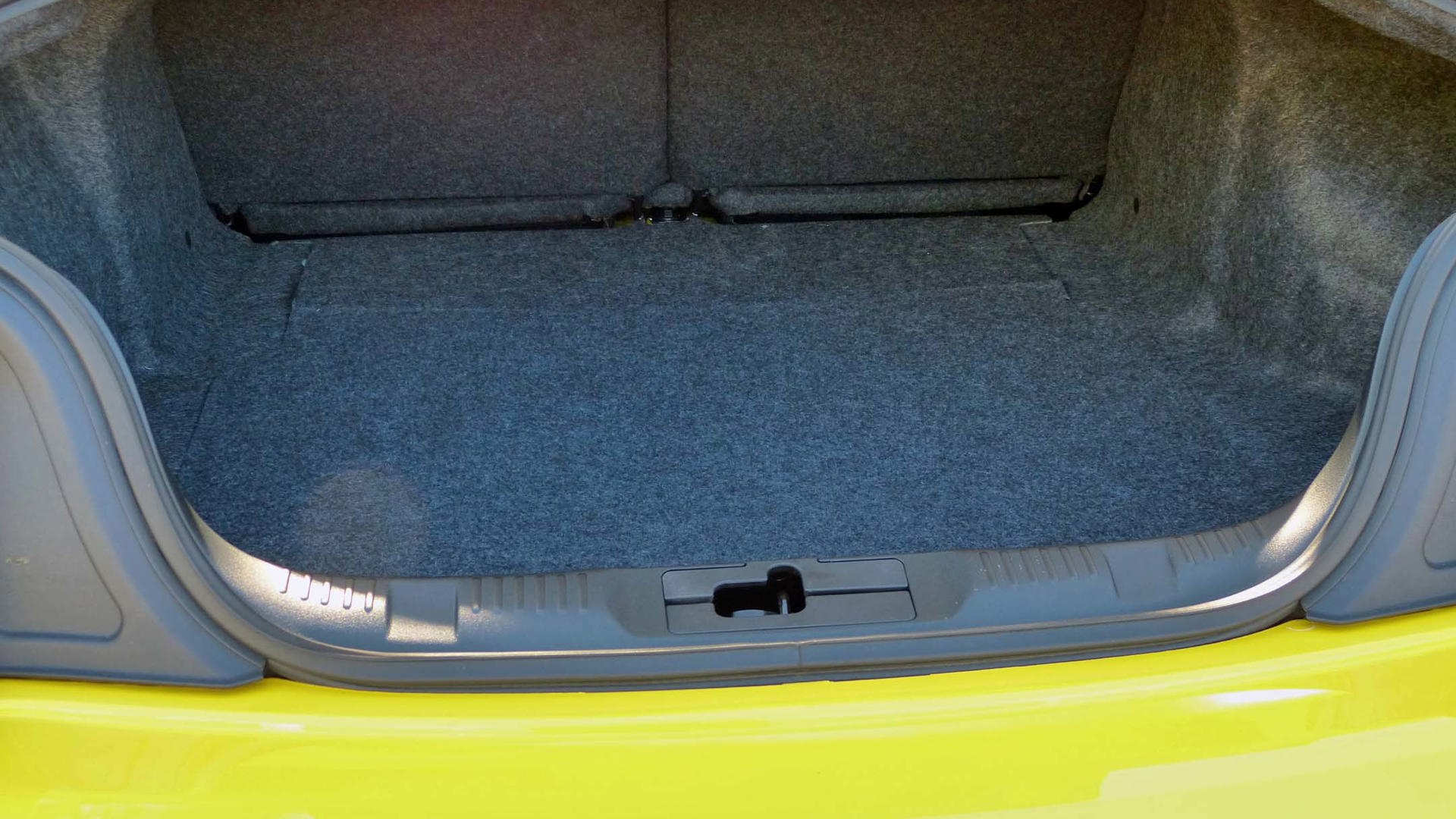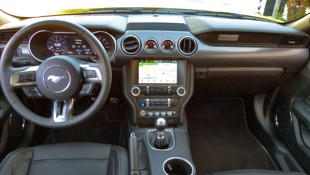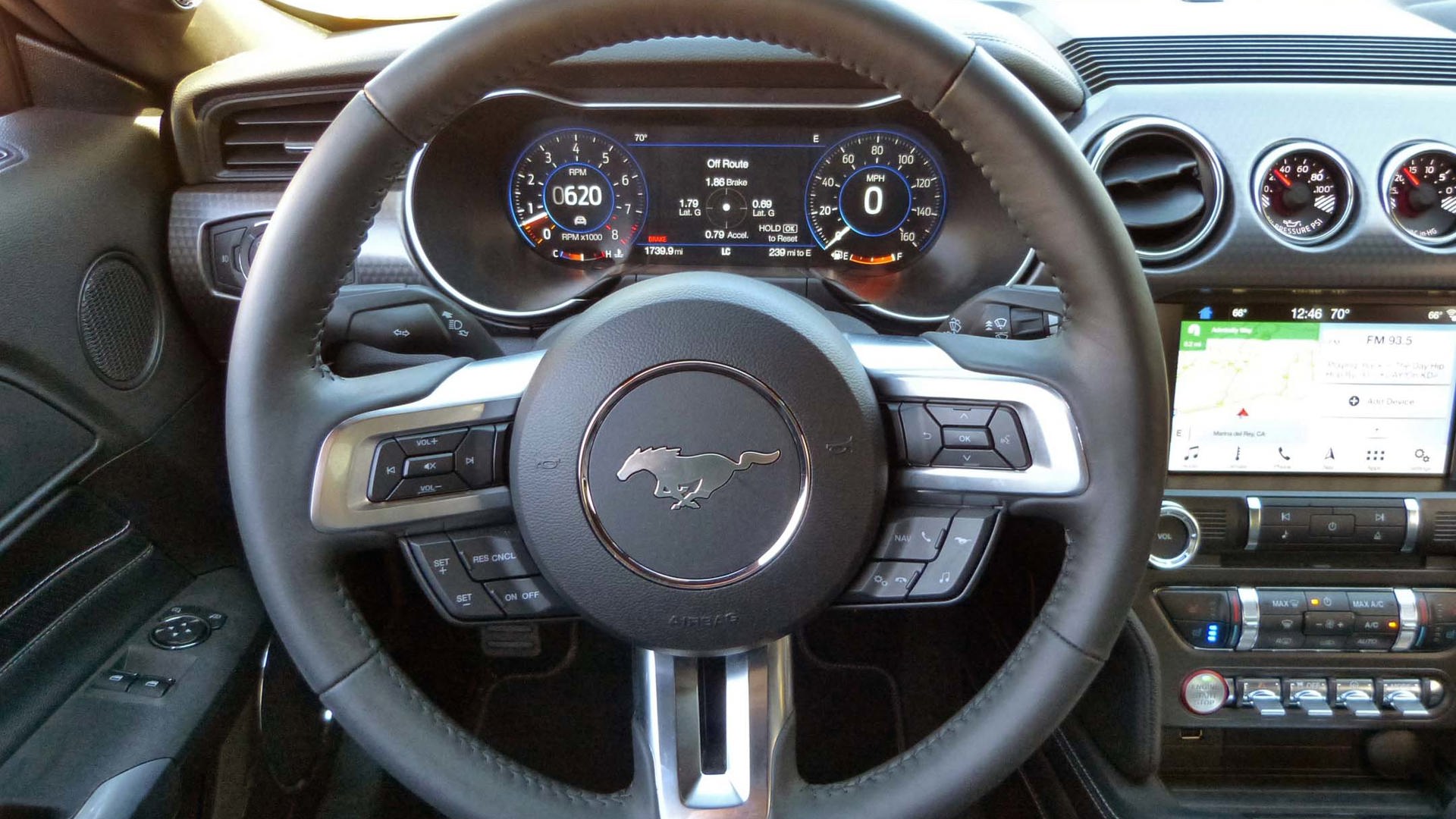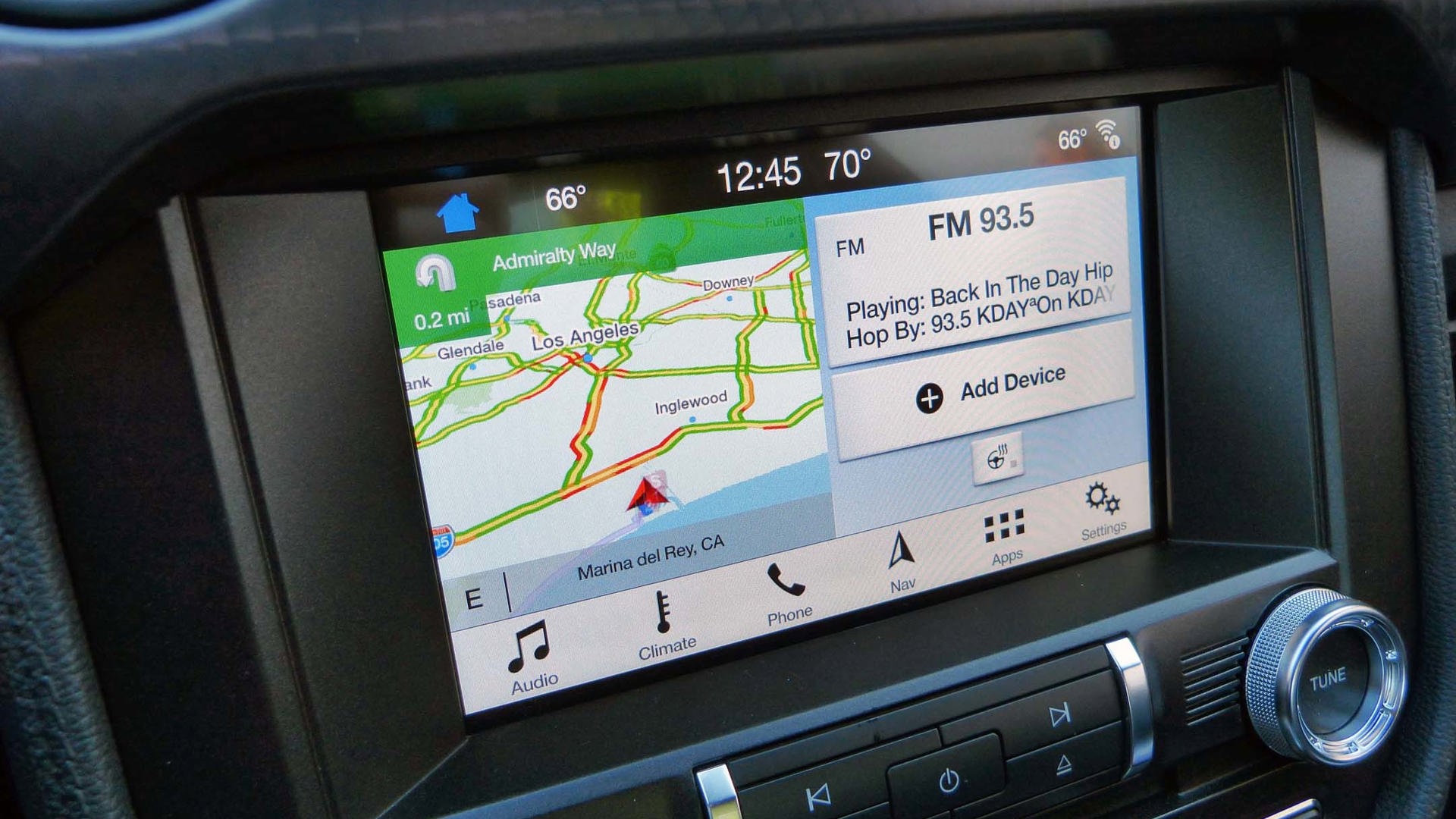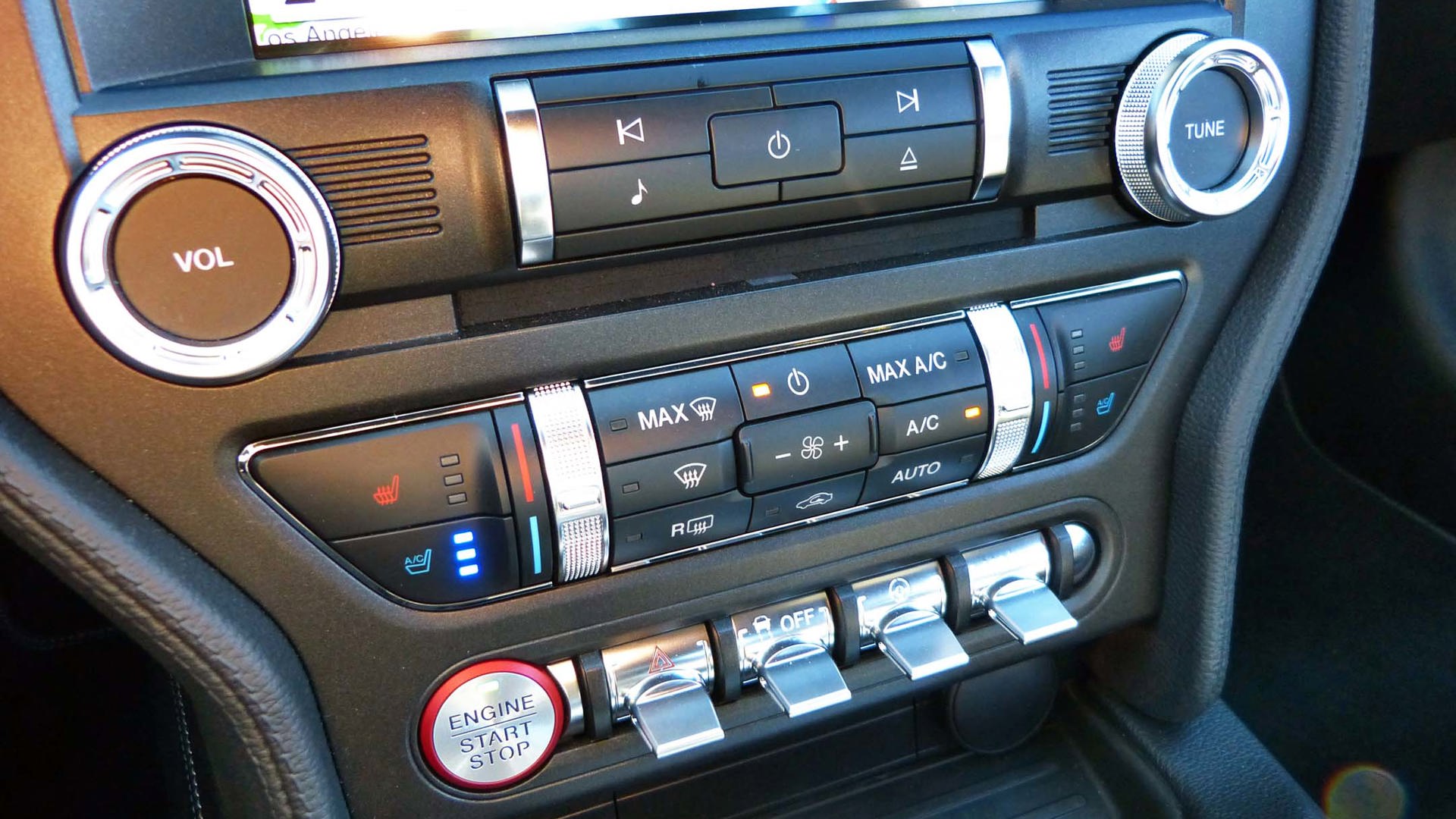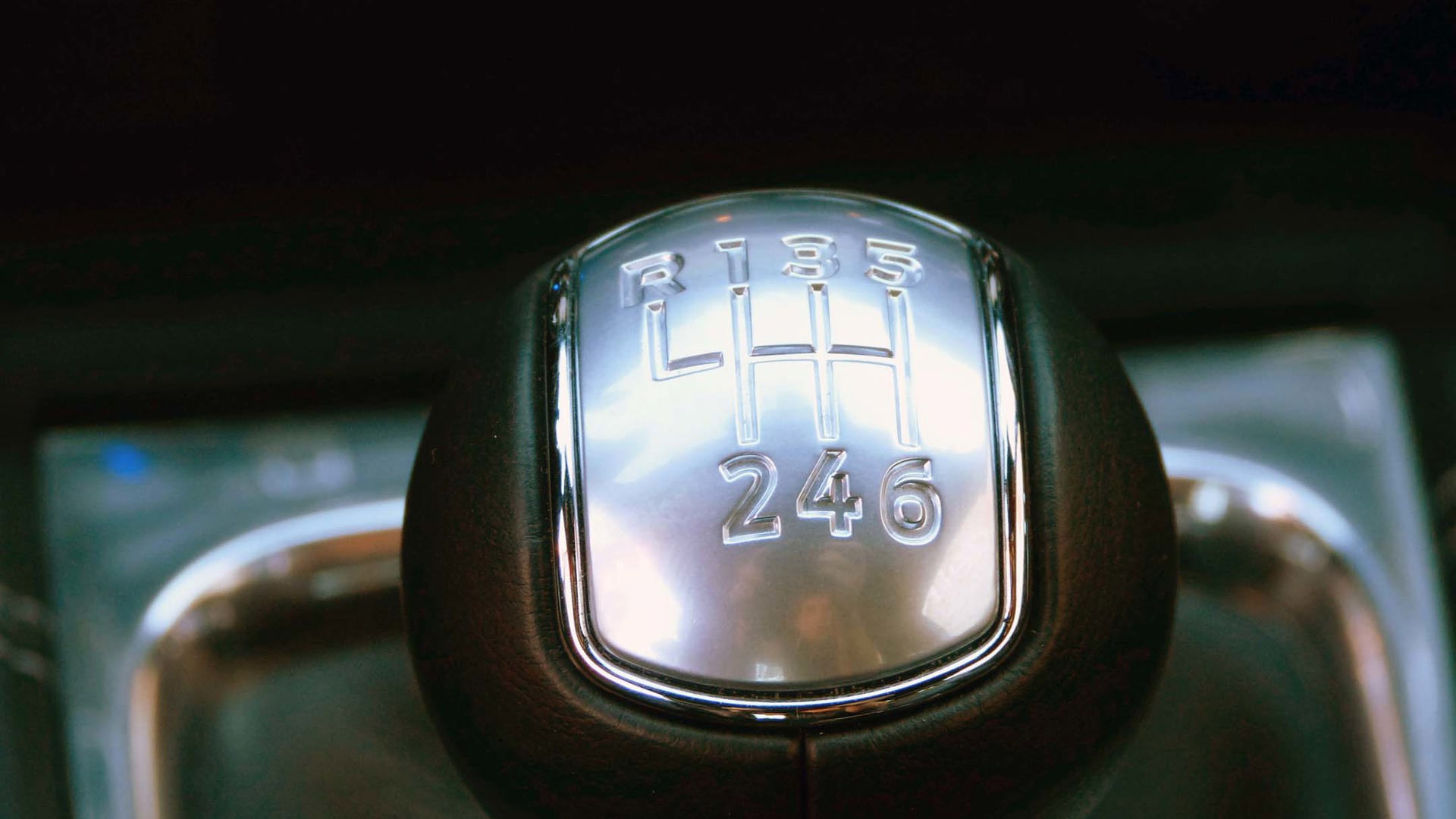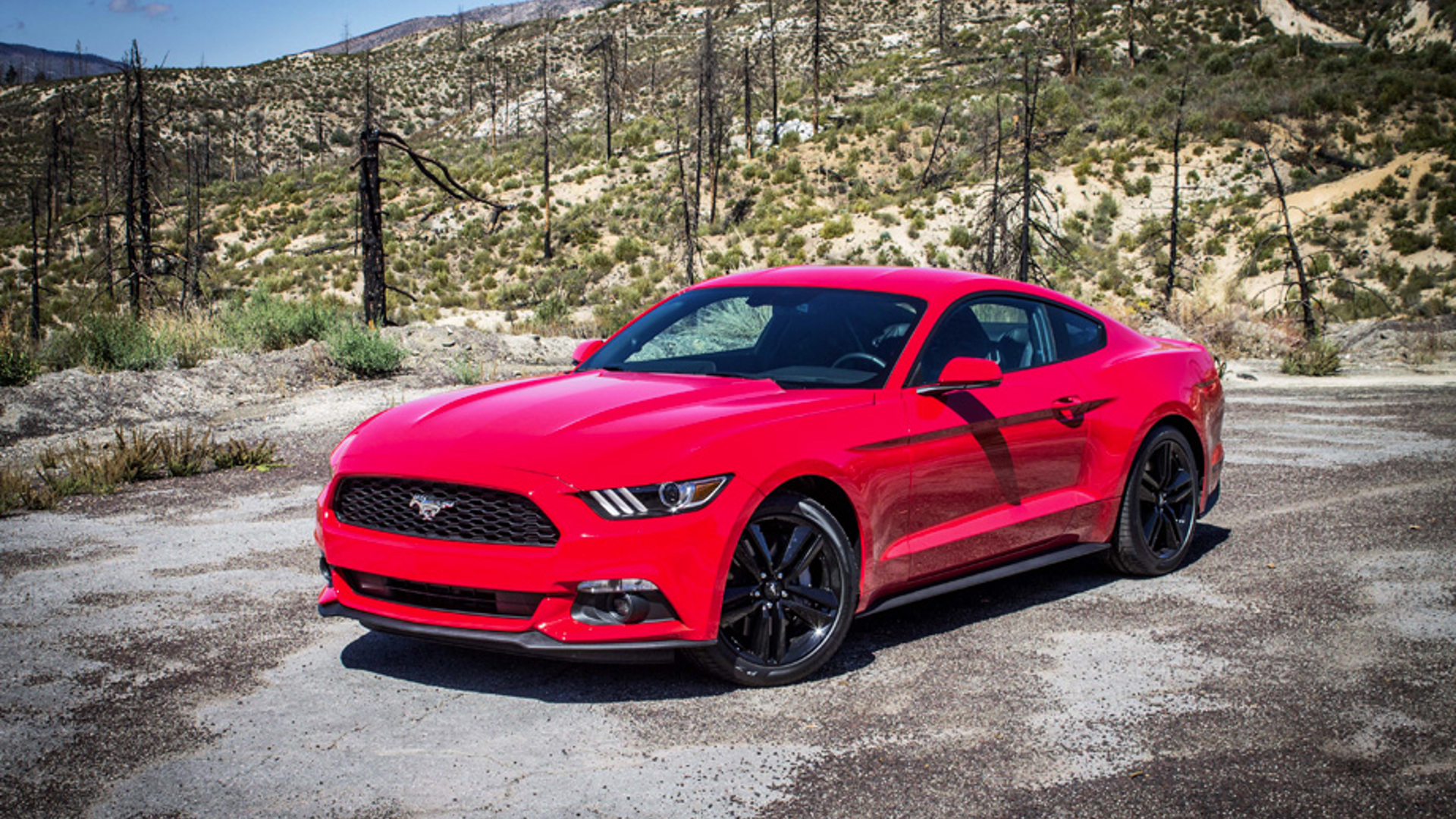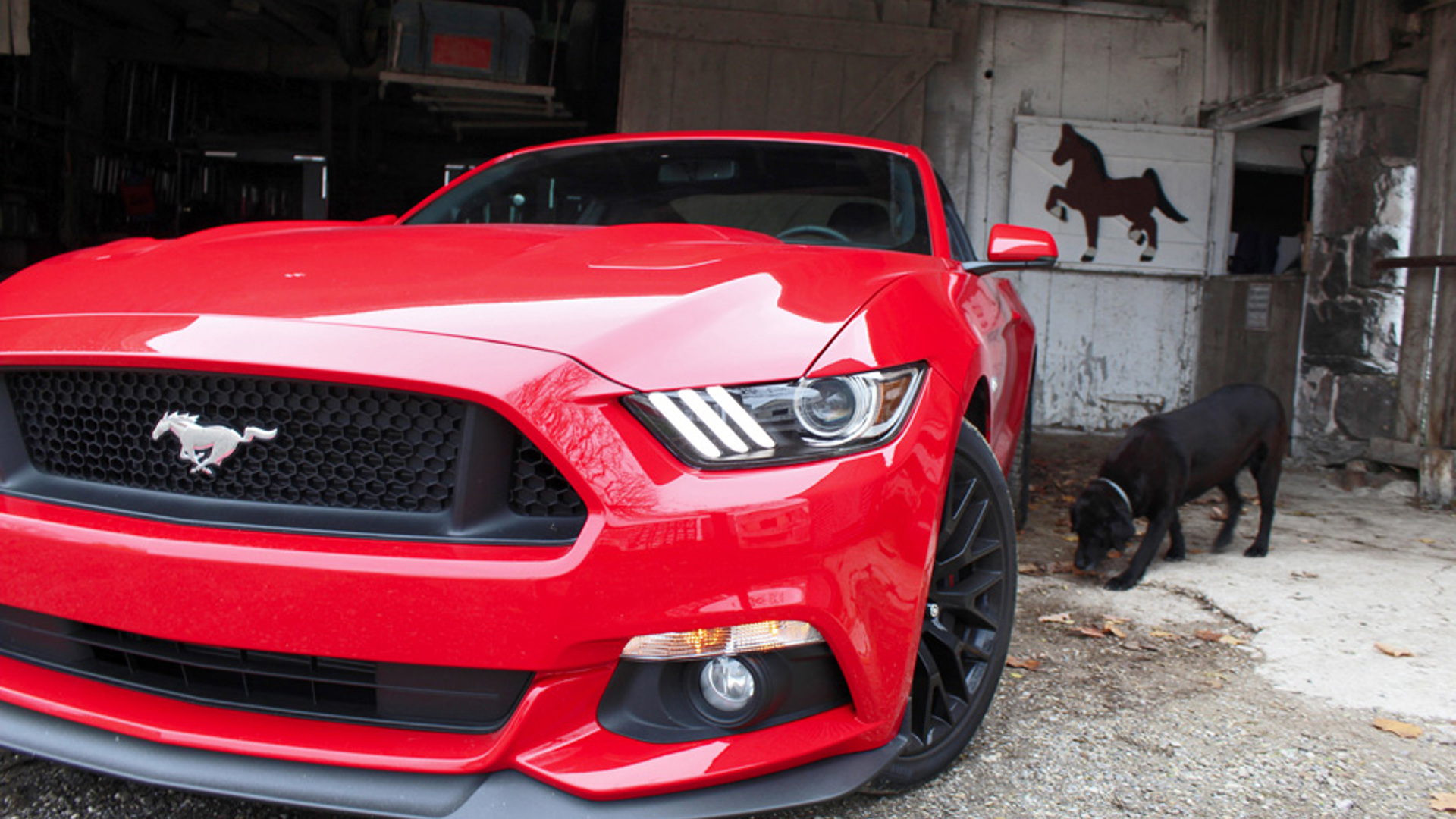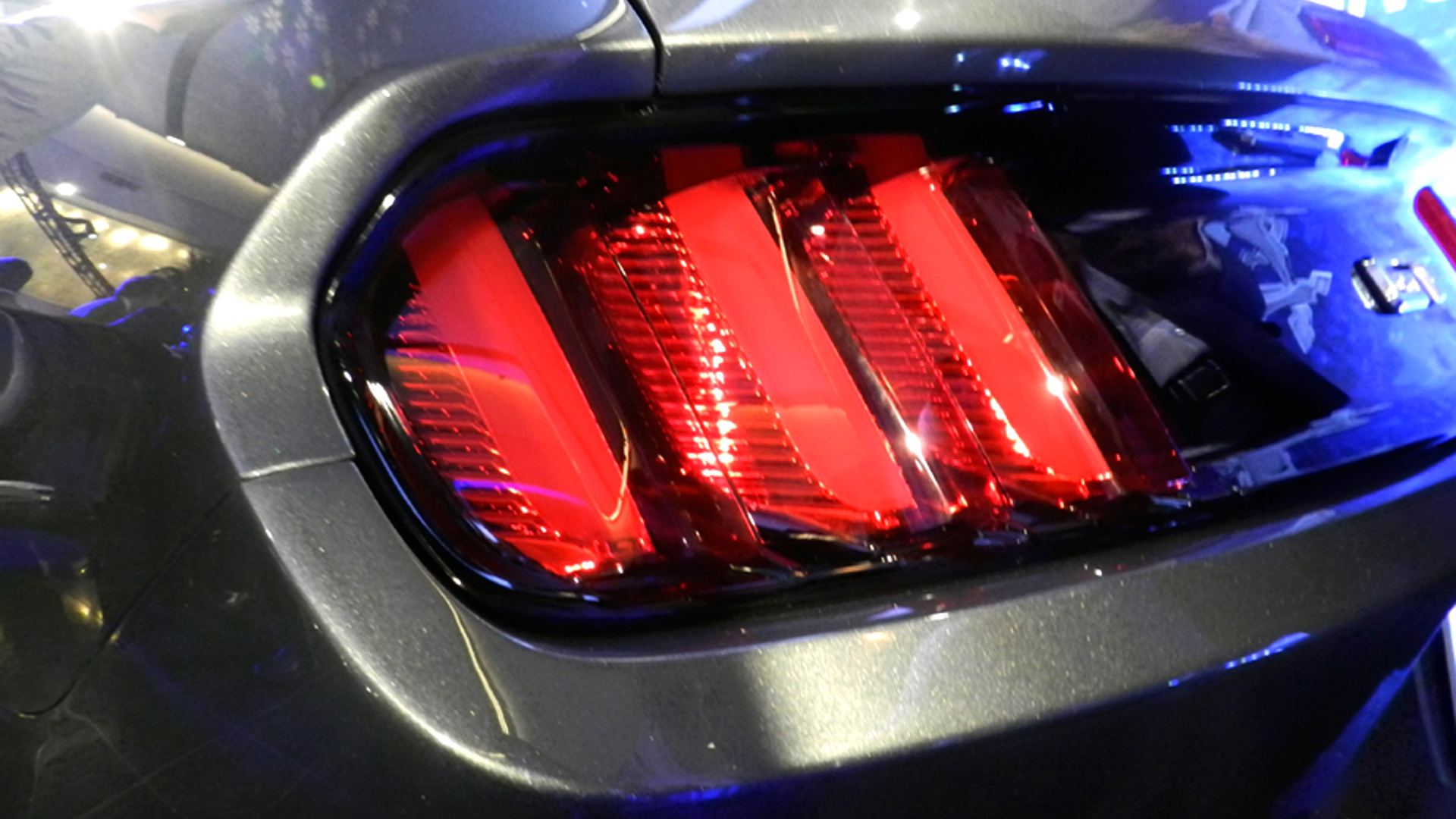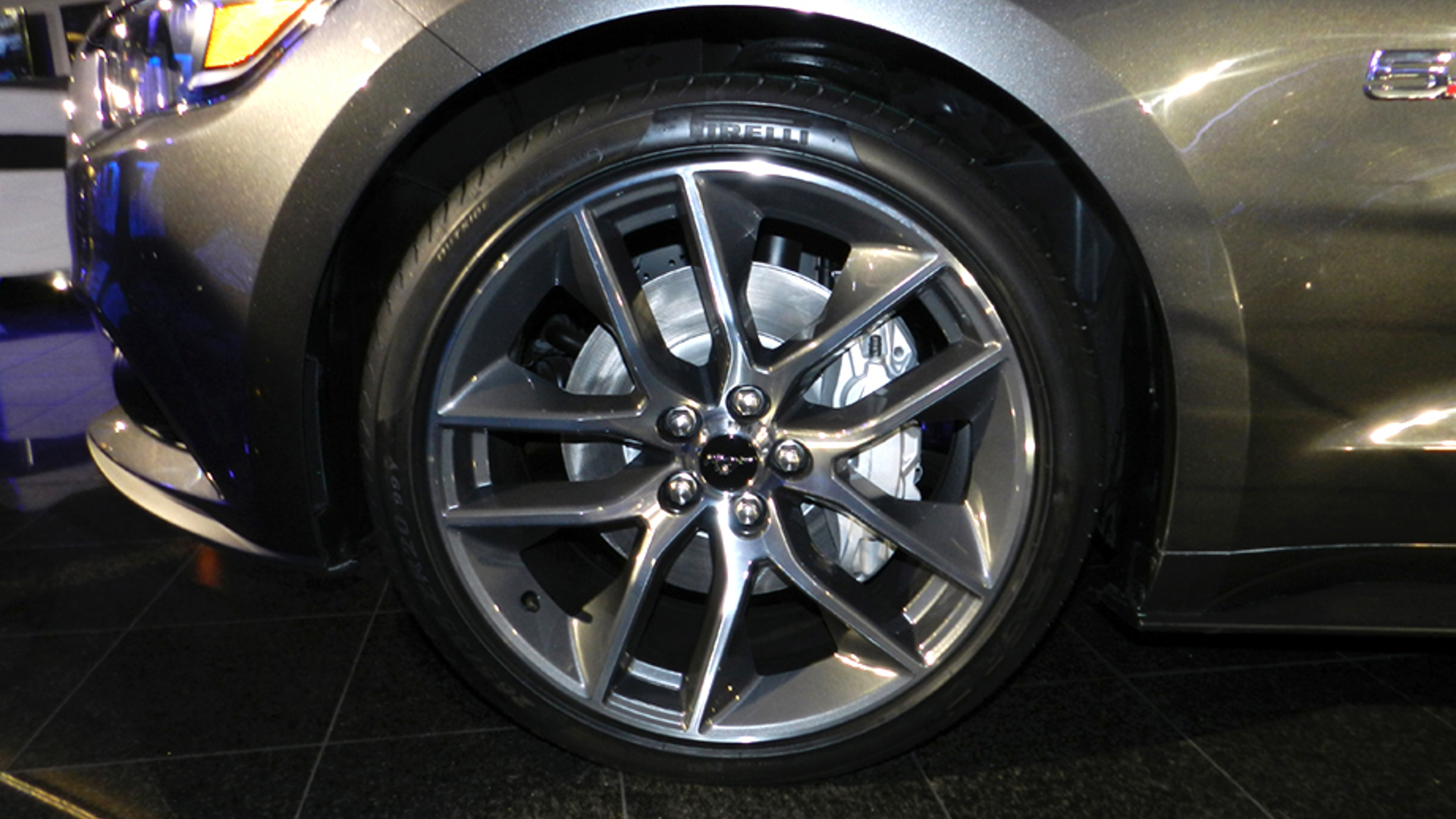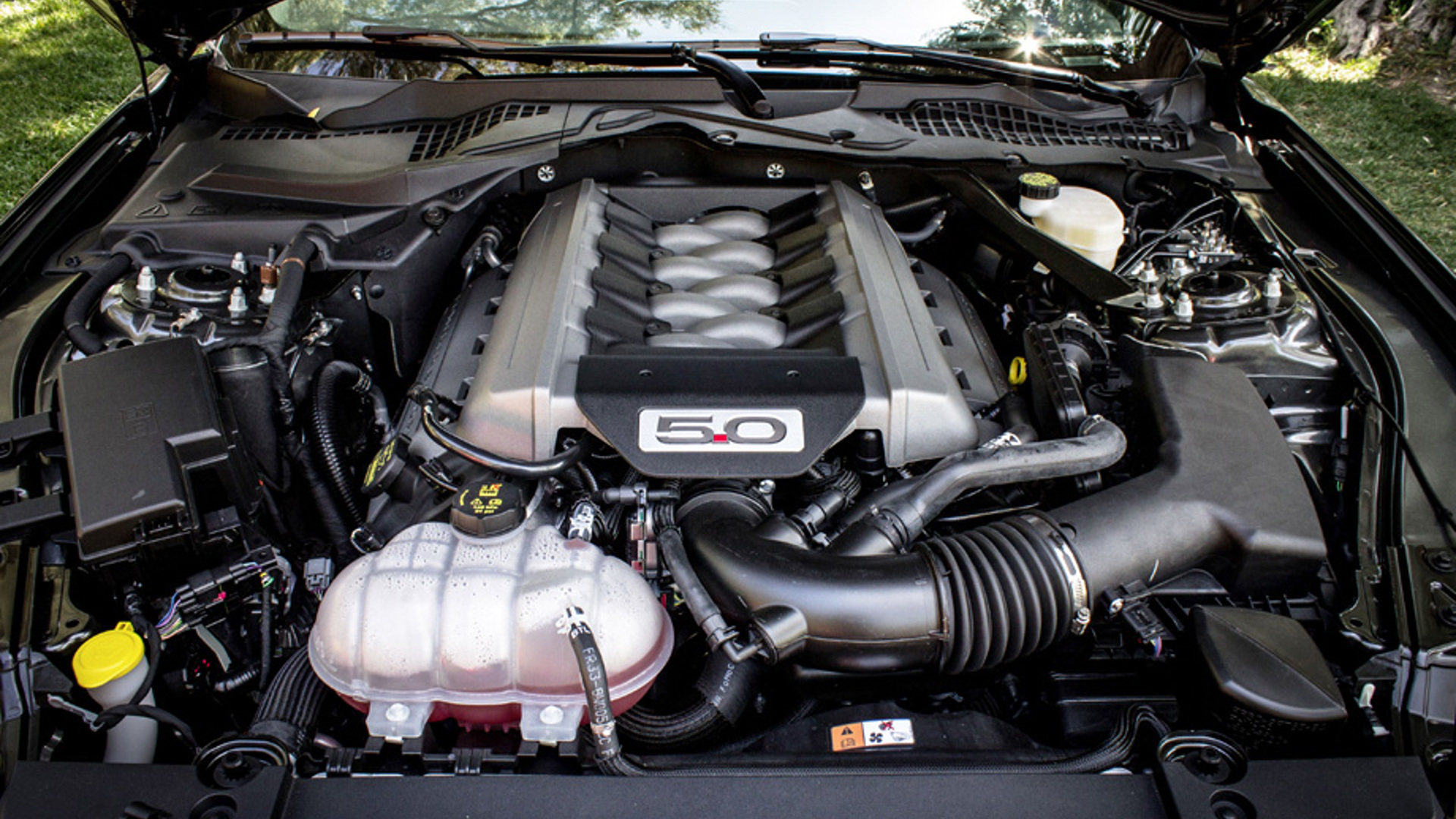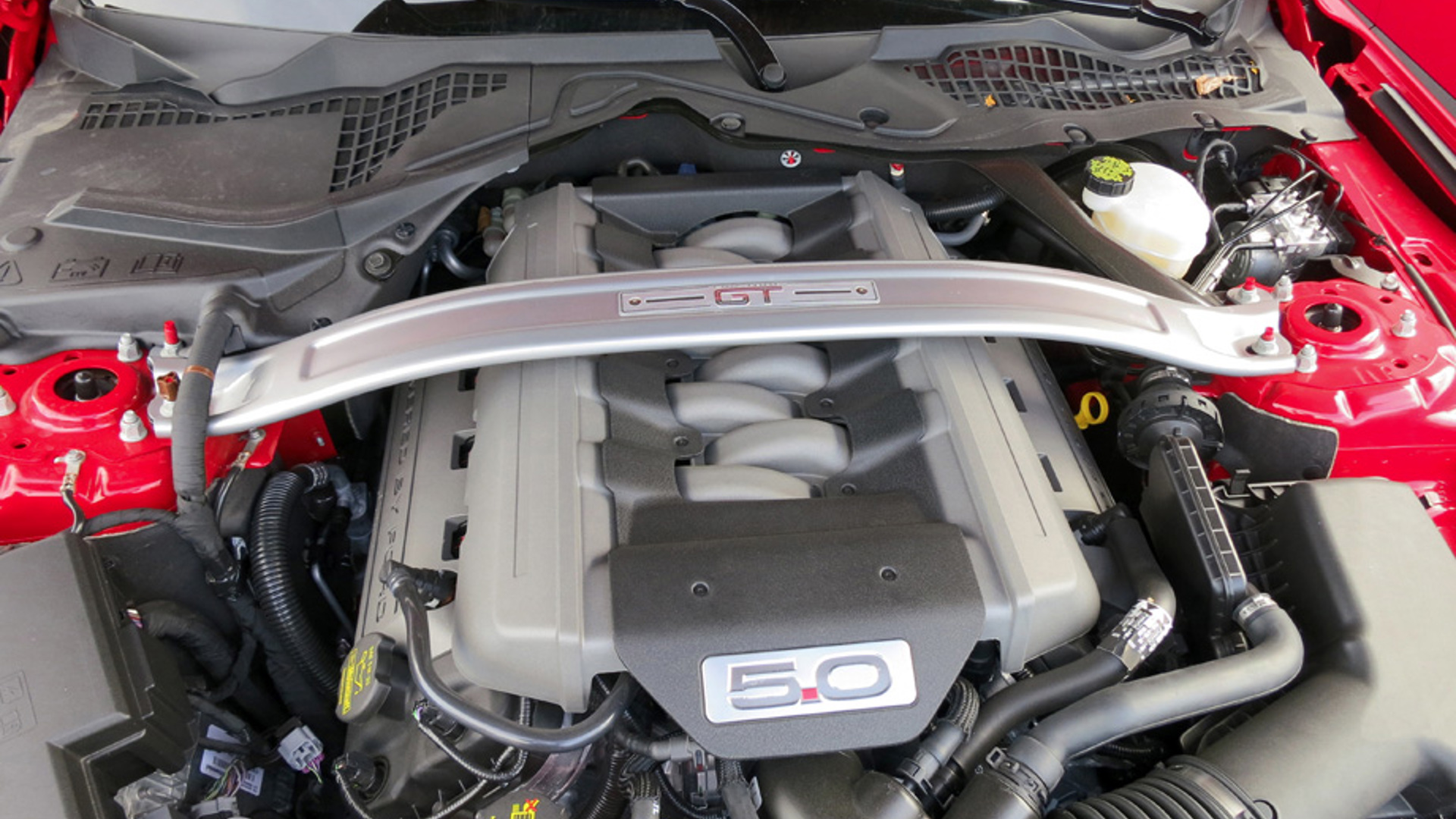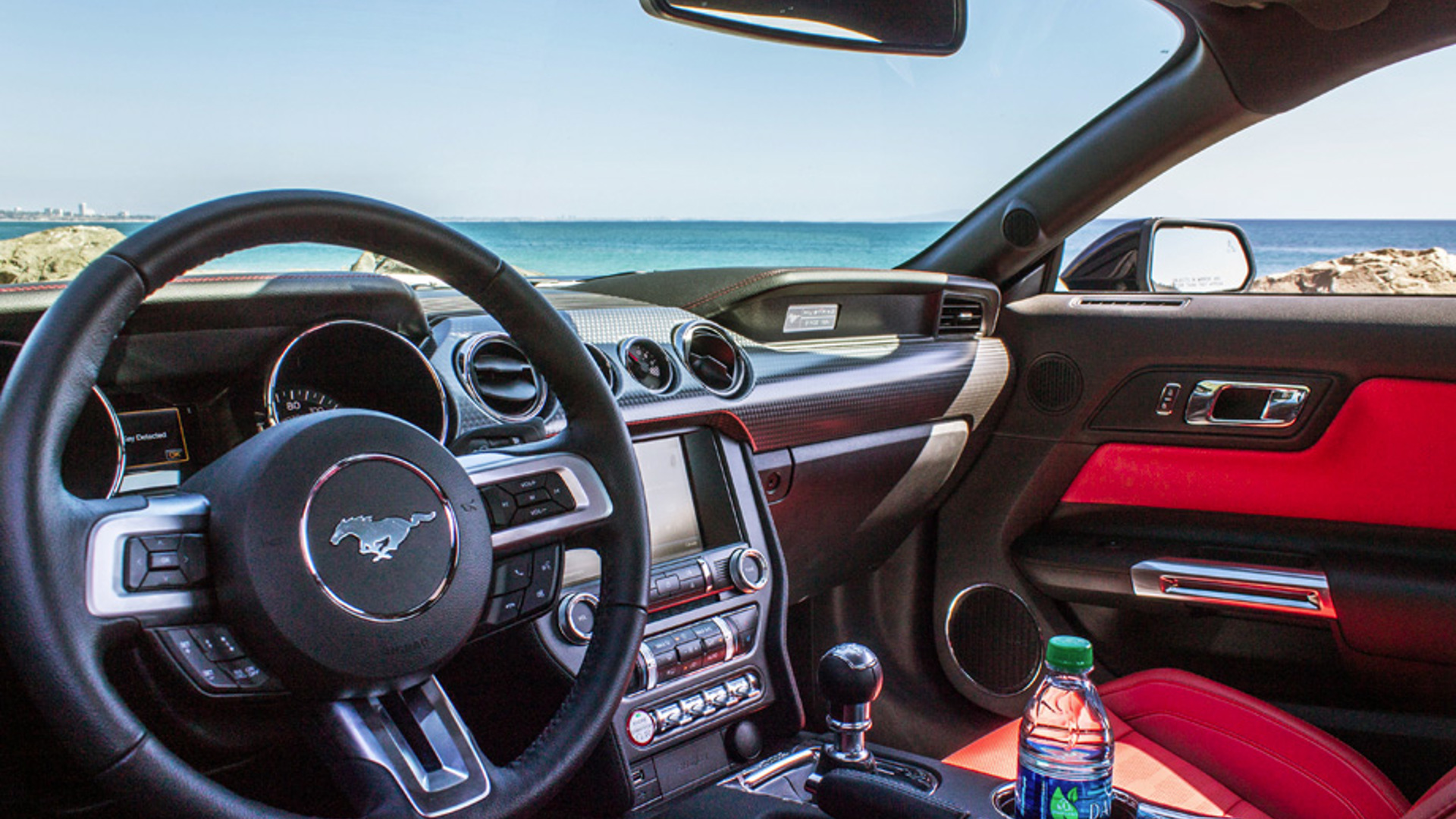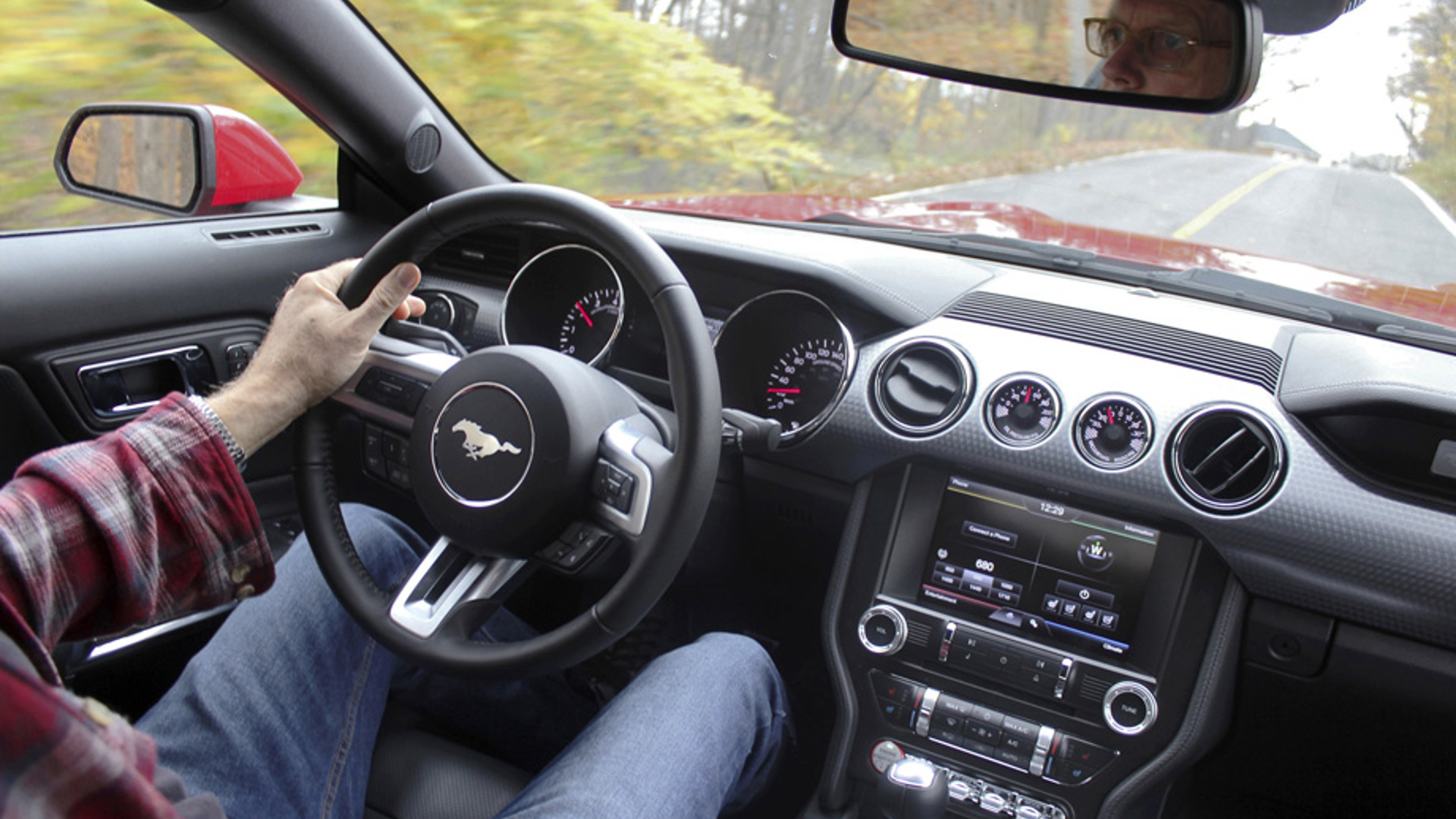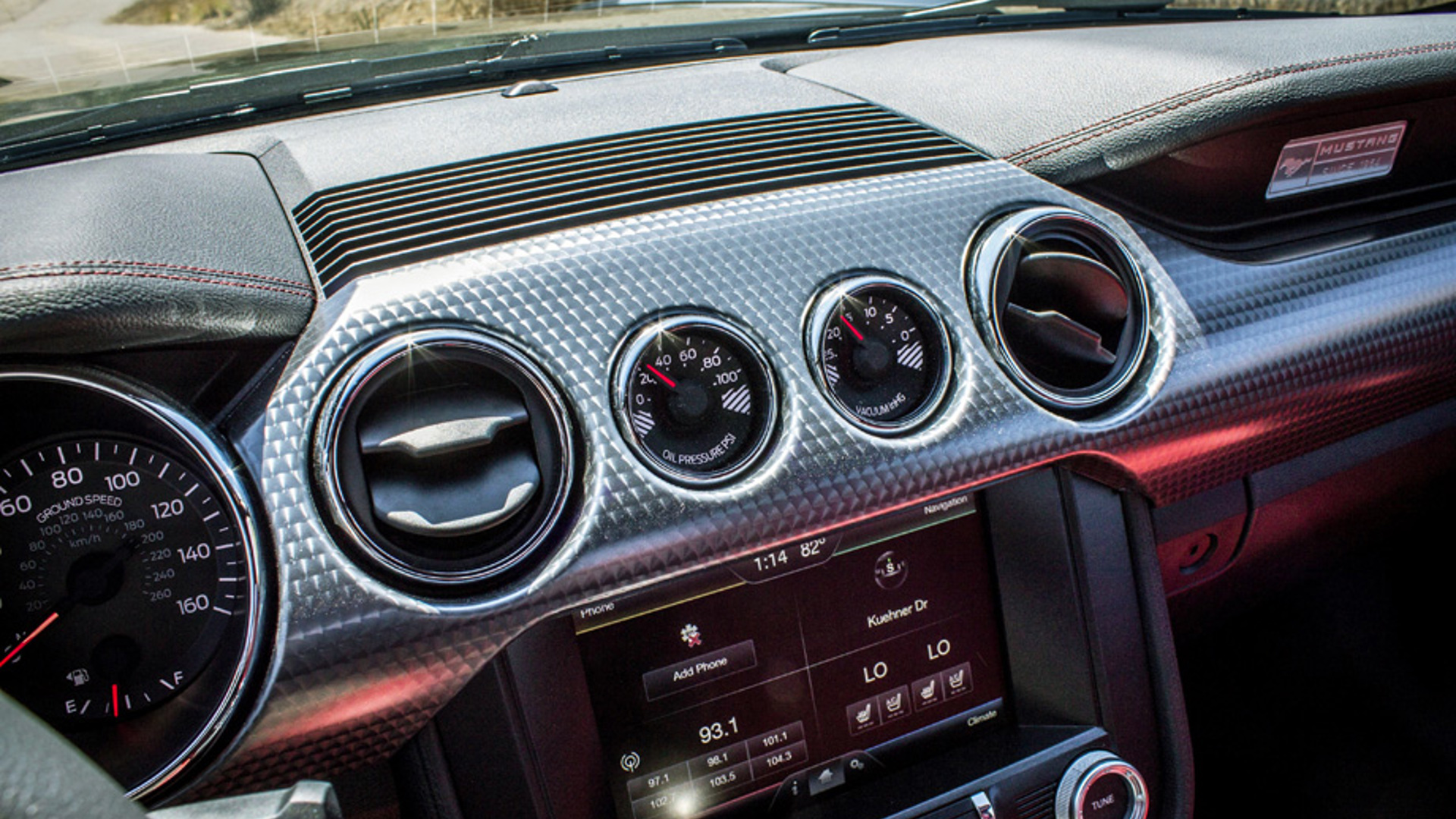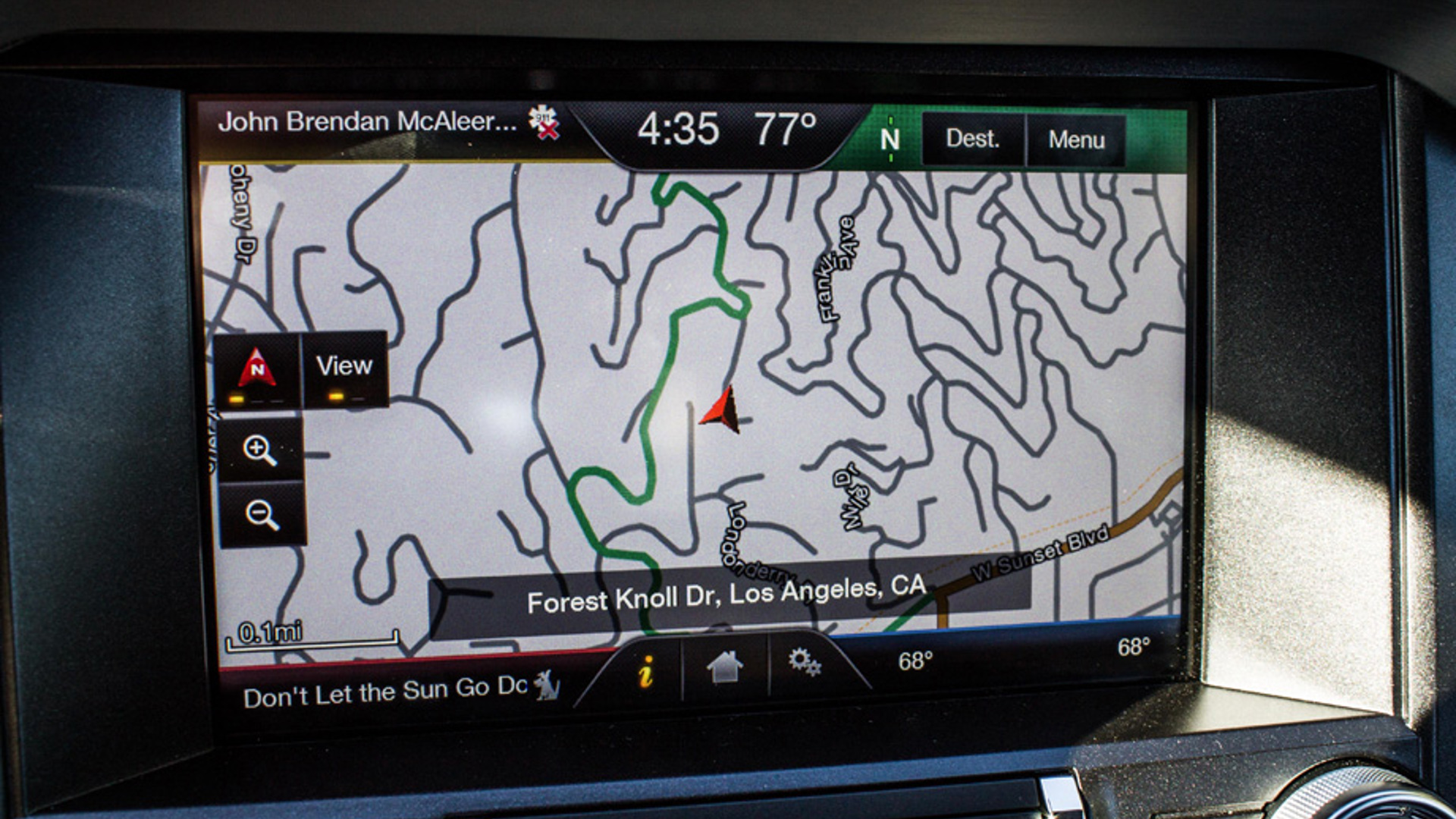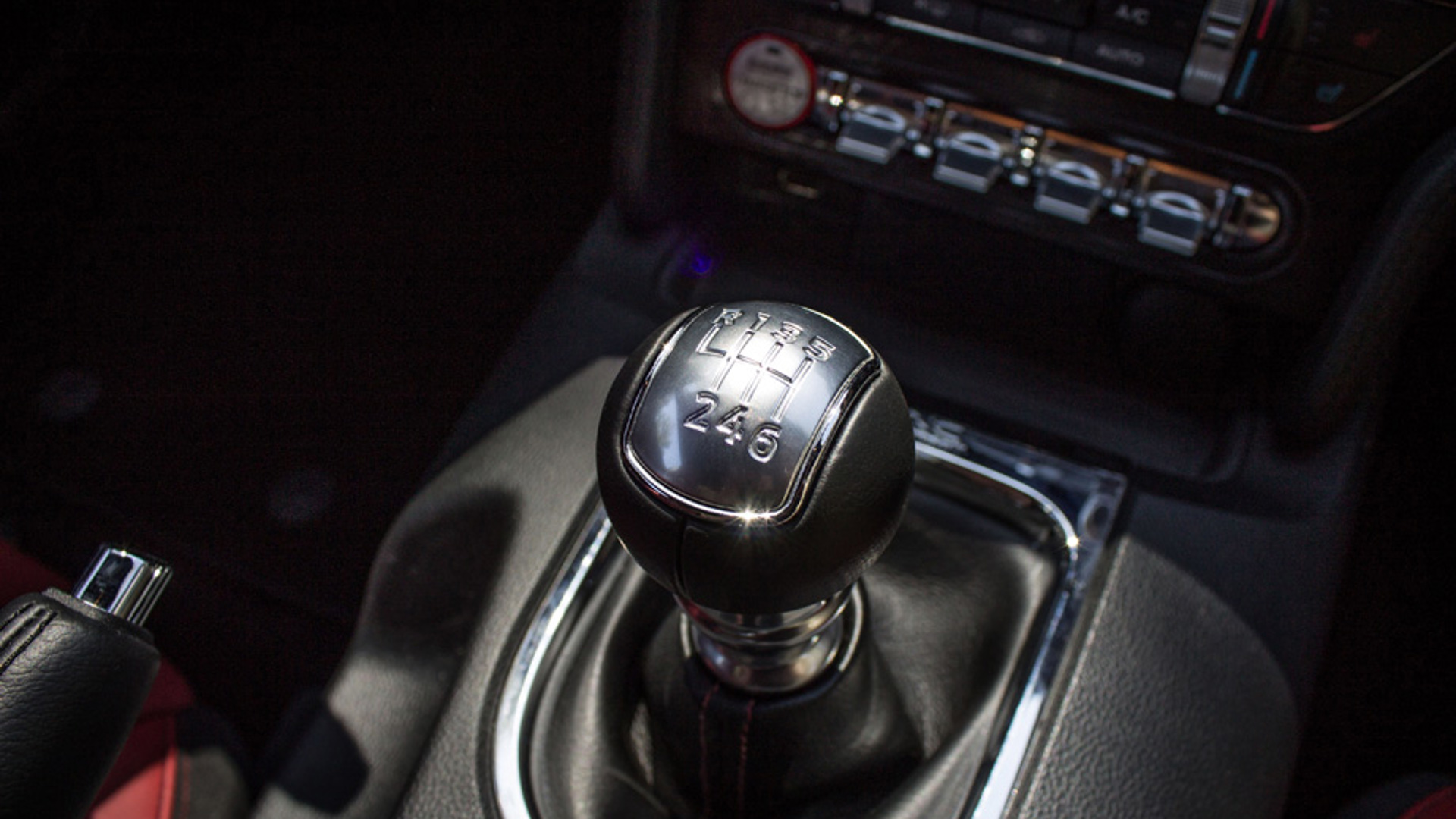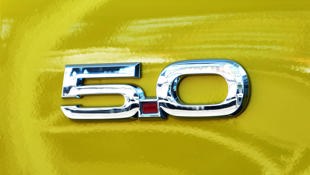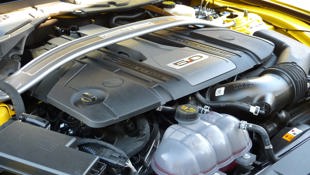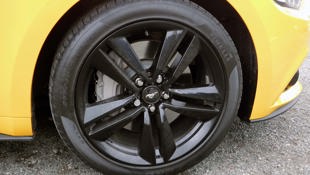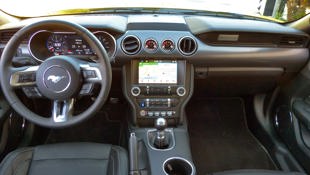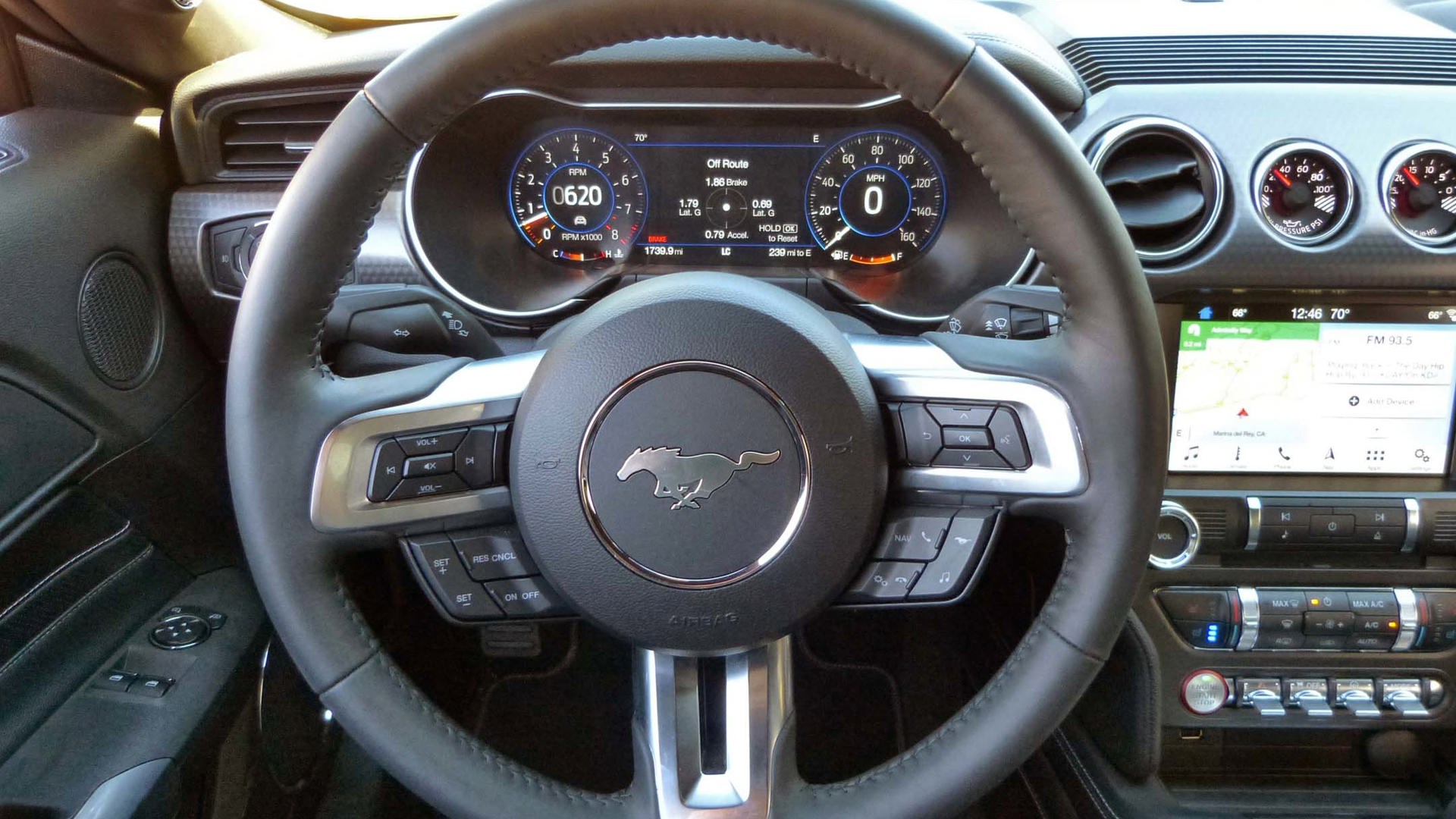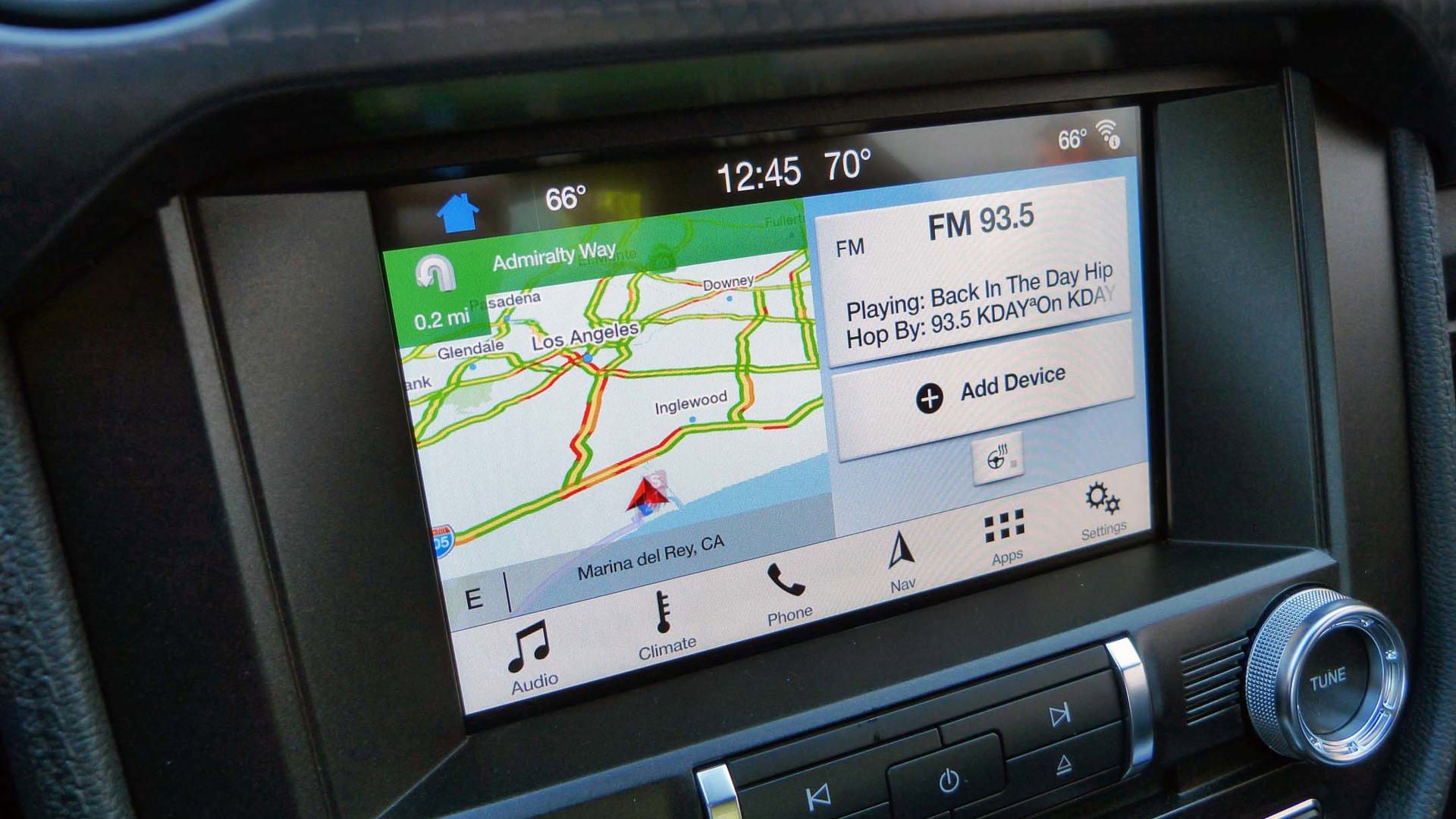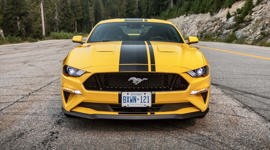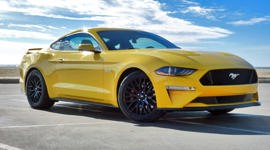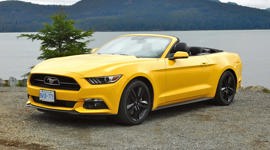Vehicle Type
Its best handling, sharpest steering, and most well-sorted ride and handling equation to date.
Performance coupe/convertible
History/Description
For model year 2015, the sixth-generation Ford Mustang arrived with increased performance, a wider body, a new independent suspension, more engine options, and its most sleek and athletic look yet.
This generation of the popular pony car had advanced on all fronts, and now included more connectivity, safety, and performance features than ever.
Look for power from a turbocharged four-cylinder, a V6, or a V8 engine. All Mustangs are rear-wheel drive.
Automatic and manual transmissions were available, as were both coupe and convertible body styles. Various special-edition packages and optional add-ons left plenty of room for customization.
Key competitors to cross-shop include the Hyundai Genesis Coupe, Dodge Challenger, and Chevrolet Camaro.
Engines
Engine options included a 3.7-litre V6, a 5.0-litre V8, and a 2.3-litre turbocharged four-cylinder EcoBoost unit. Look for 300 horsepower from the V6, 310 horsepower from the EcoBoost, and over 430 from the delicious five-litre Coyote V8.
Higher-performing models, like the Shelby GT350, had other powerplant options, but we’ll be focussing on the more mainstream Mustang models here.
What Owners Like
Owners of Mustangs from this generation report its best handling, sharpest steering, and most well-sorted ride and handling equation to date. The new looks are generally loved throughout the community, and performance (and sound!) from the V8 engine are very highly rated. Good overall value and powerful headlight performance round out the package.
What Owners Dislike
Some owners wish for more refinement from the Mustang’s driveline and powertrain, and others feel this-generation Mustang is slightly cramped on board, given its overall size. Rear seats are basically useless for adults, and small-item storage on board is somewhat limited, even for a sports coupe.
Here are some owner reviews.
Pro Tip: Check for Worn Parts
Beware sellers who are trying to pass off an upcoming expense, especially on high-performing cars like this one. Best course of action? Assume that the second-hand Mustang you’re considering needs new tires, new brakes, and a new clutch – until you, or a professional, confirms otherwise.
Pro Tip: Inspect the Rubber
Check the tires again. Some owners replace factory tires with high-quality, application-appropriate tires from reputable brands. Others try to save money by installing el-cheapo tires from questionable manufacturers. Driving a Mustang on less-than-reputable tires is strictly not advised. Budget for a new set of rubber if the Mustang you’re considering is on anything less than a high-quality, high-performing sports tire.
Pro Tip: Confirm the Warranty
Until you have complete service records to prove that no ongoing maintenance or inspections have been skipped or stretched, assume any remaining warranty on the Mustang you’re considering is void. Units that have been modified with non-factory parts are suspect, too. Like all cars, Mustang’s warranty does not cover damage or wear caused by a failure of past owners to maintain the vehicle properly, or by the use of non-factory parts or software.
The Test Drive
Check the Roof
If you’ll buy a Mustang Convertible, allow extra time to fully inspect its power-retractable roof. Open and close this several times, noting that any signs of binding, straining, or failure to move through the full range of motion, can indicate problems that need to be addressed. Check for signs of rips, tears or abrasion to the roof fabric as well.
Next, have a poke around the trunk area – checking the carpeting and all areas beneath for signs of moisture, which could be evidence of a water leak. Check the owner’s manual for any convertible-specific instructions for regular inspection and maintenance – which may include lubricating of weather seals, clearing debris from the built-in water drainage system, or occasional roof system adjustments.
Check the Automatic Transmission
Clumsiness from the Mustang’s automatic transmission (hard shifting, slow response, unwanted slamming or clunking) can often be remedied with updated transmission control software, installed at a dealership. These issues may also be caused by a more serious internal problem with the transmission itself, though this seems rare. In any case, have the transmission checked by a technician before you buy, if you note any unwanted behaviour. Like all components of any vehicle, the Mustang’s transmission requires regular maintenance and inspections to delivery worry-free operation for the long haul.
Here’s some more reading on possible automatic transmission problems, and specifically, a “clunk” from the transmission on V6-powered models when shifting from drive to reverse, as well as what dealers may do to correct it.
Check the Manual Transmission
Hard shifting, clunking, grinding sensations, or a feel like the transmission is “biting back” when shifted can all be taken as a sign to have the Mustang’s manual transmission inspected before you buy – or as a sign to move to another unit.
Last-generation models suffered some problems with the manual gearbox, and while reports are largely inconclusive, abusive driving or a failure to adhere to proper maintenance procedures can cause premature wear. If the manual transmission in the Mustang you’re considering feels out of whack, proceed with caution. Have an experienced manual-transmission driver, or a technician, assess the transmission, if you’re uncertain.
Here’s a little more reading on what to look out for.
Mainly Minor Complaints
According to this discussion (which does not represent a statistically relevant portion of Mustangs from this generation), owners report minimal gripes, even on first-year models from this generation. Some squeaks and rattles have been reported, but most are easily addressed. Some owners complain of less-than-expected durability of painted surfaces, so assess the condition of the Mustang’s finish carefully, too.
Watch the Mods
For many modern engines to be as efficient as they are, they can’t be “overbuilt” to handle a heap more horsepower than they were originally designed to generate. Case in point? In this thread, owners are warned to watch of a failing crankshaft sprocket on the 5.0-litre V8, which can be destroyed if the engine is made to produce more power, perhaps via supercharging. This damage would not be covered by warranty, and typically destroys the engine. For reasons like this, the average driver is best to buy a stock Mustang, and keep it that way – though intake and exhaust upgrades are typically okay, provided the quality of the parts and installation are sound.
Listen Carefully
Some owners have reported unwanted sounds just after starting the 5.0-litre V8 engine from cold. This may sound like something called “piston slap”, which can be a serious issue with the engine. However, according to this thread, the issue is more likely to be caused by a problem with the resonator, a part of the exhaust system – and not the engine. In any case, insist on starting the used Mustang candidate’s engine from dead cold, then pop the hood and listen closely for any unwanted sounds. If in doubt, get it checked out (professionally).
Engine Troubles (or Not)
With enough searching, you can find owner-reported engine problems on every make and model of vehicle on the road. The Mustang is no exception. Reports of engine failure aren’t unheard of, and neither are possible issues relating to overheating and damage to the EcoBoost powerplant. Some owners have had issues with other Mustang engines, too – sometimes requiring replacement.
Thing is, these reports are relatively rare against overall sales volume – meaning that the vast majority of owners have not had engine problems. Still, shoppers are advised that keeping the engine stock, and maintaining it to the letter as outlined in the owner’s manual, are vital to trouble-free operation for the long-haul.
Recalls
Here’s a list of recalls for this generation of Mustang. Check to see if any apply to the vehicle you’re considering by looking up its VIN on the Ford website.
Verdict
A well-maintained and factory-stock Mustang from this generation, with complete servicing records is ideal for maximum peace of mind. For even more confidence, be sure to have it treated to a pre-purchase inspection (PPI) by a Ford technician before you buy. Our choice? The solid-looking 5.0-litre V8, and a six-speed stick, of course.
Safety Ratings
IIHS: results here
NHTSA: 5/5 Stars (2015)
